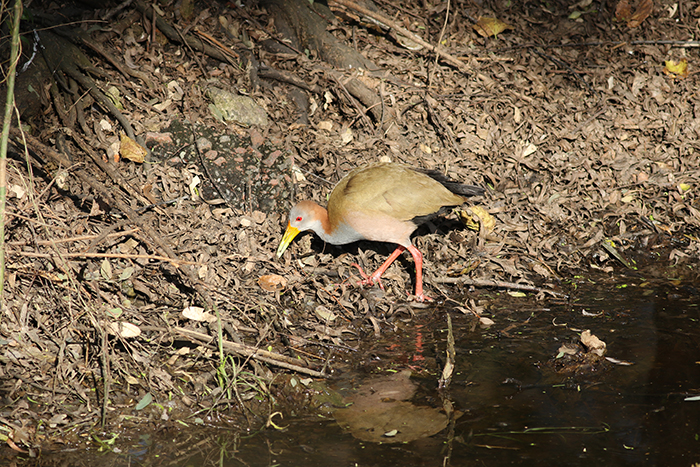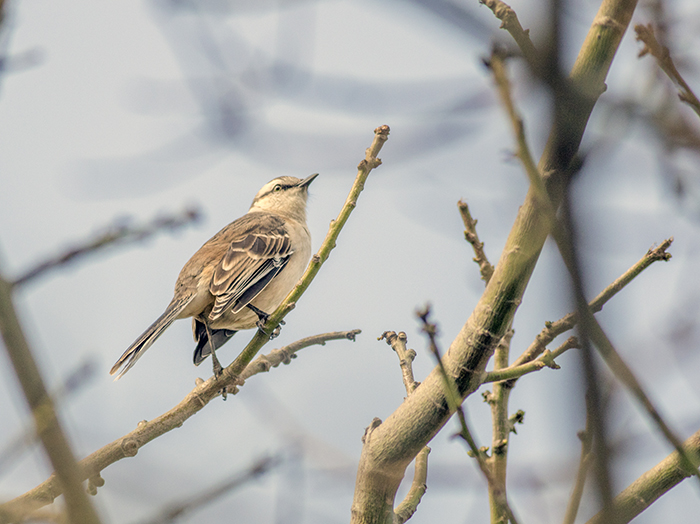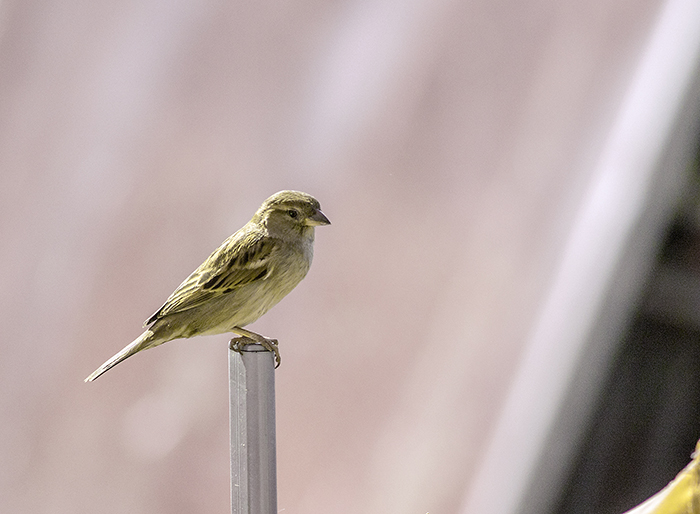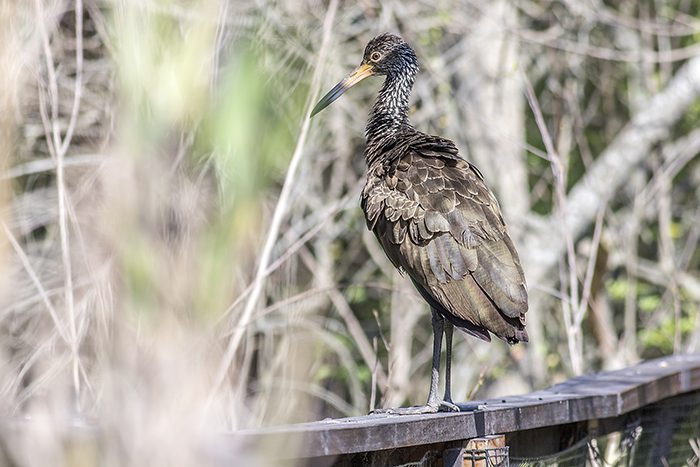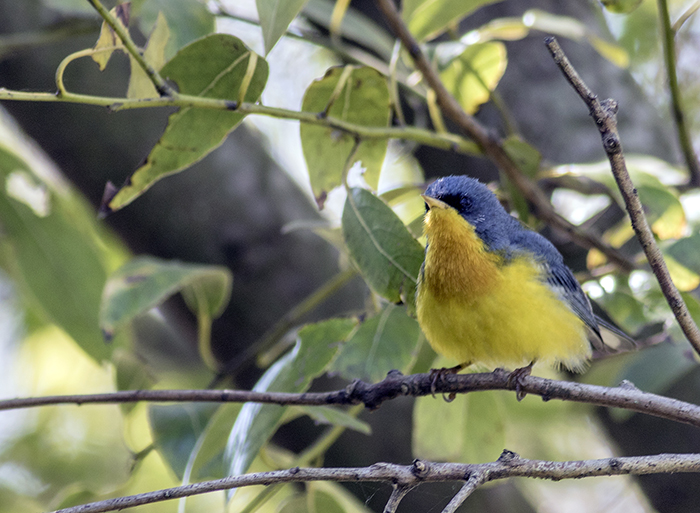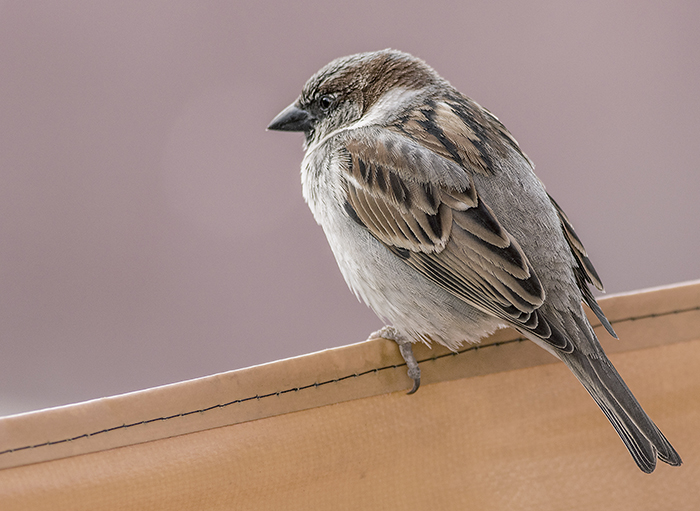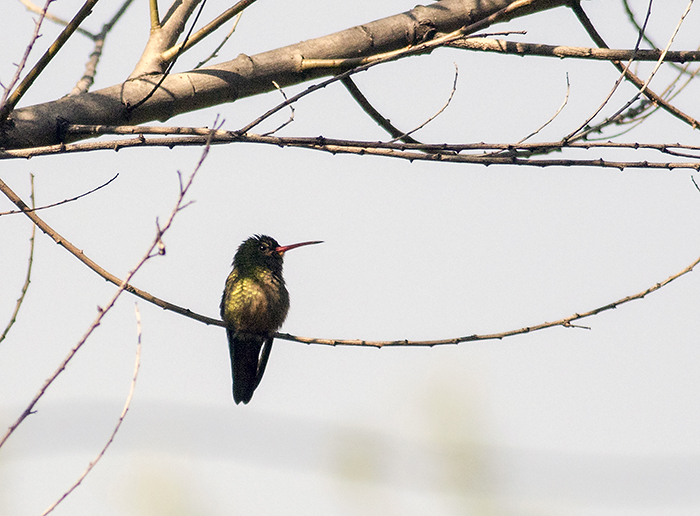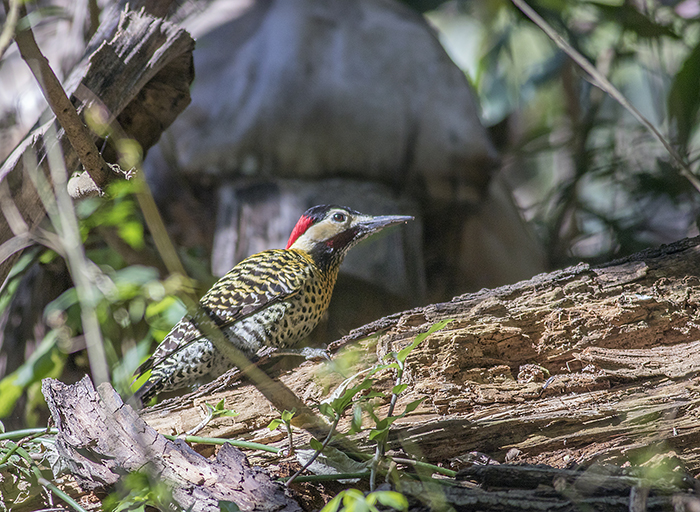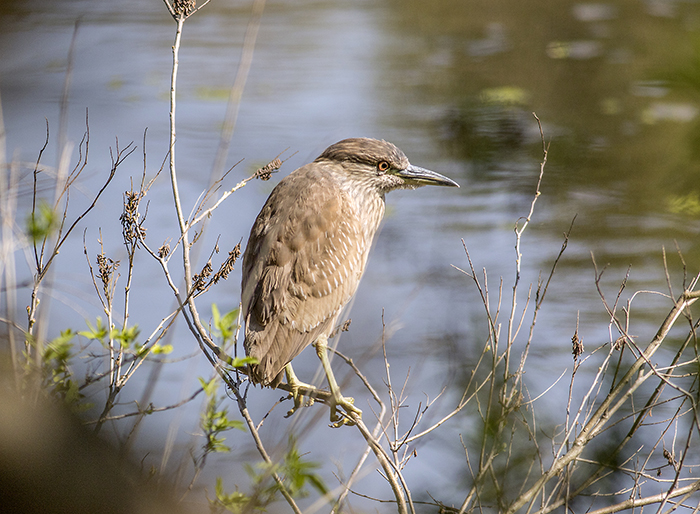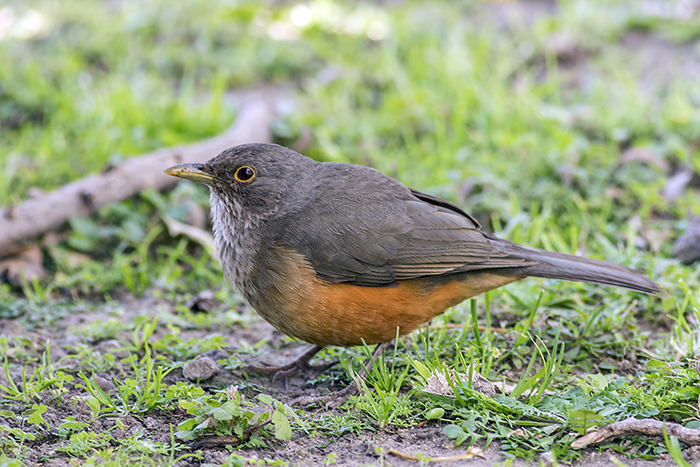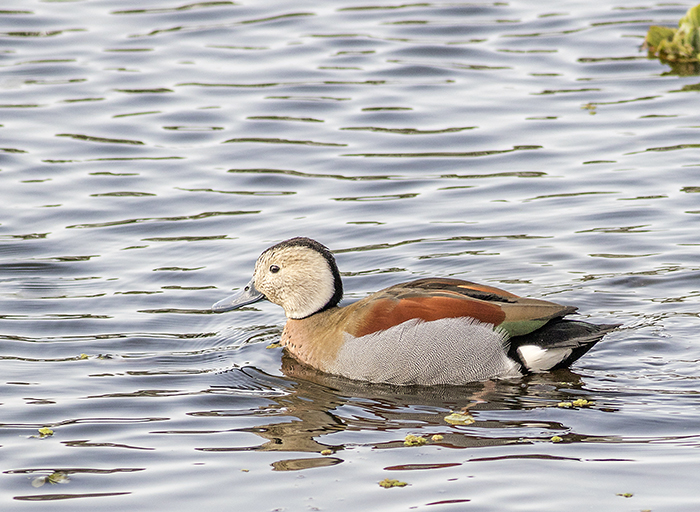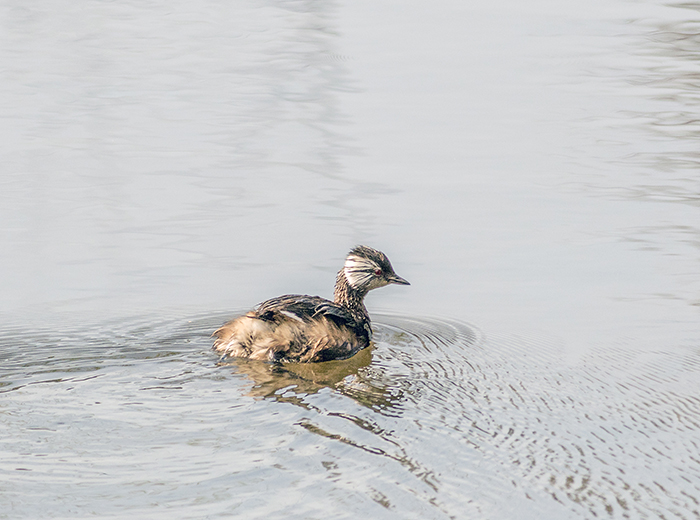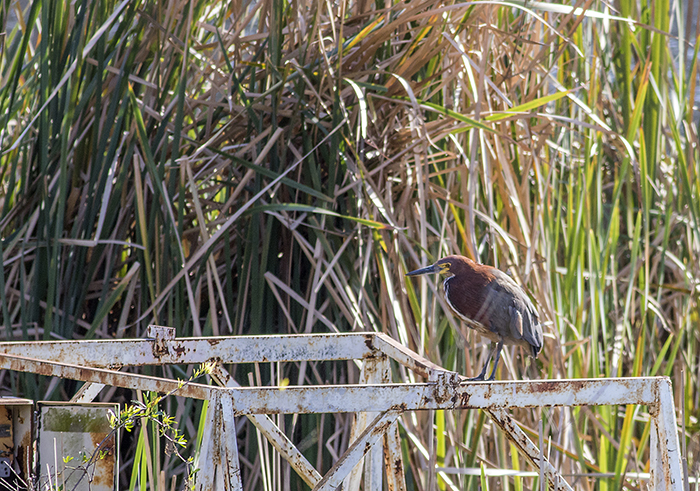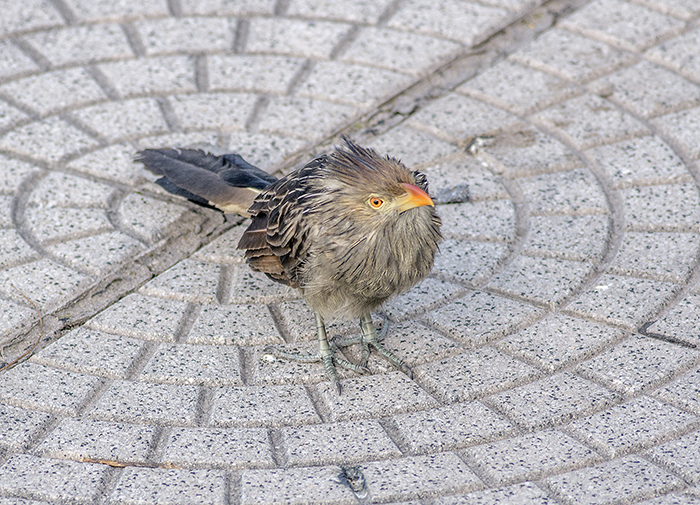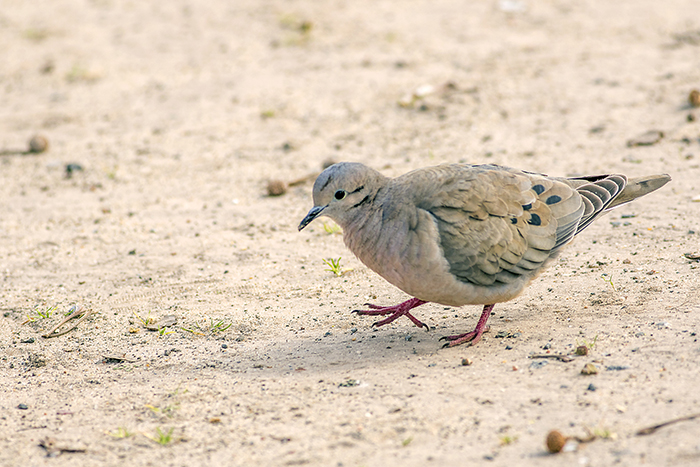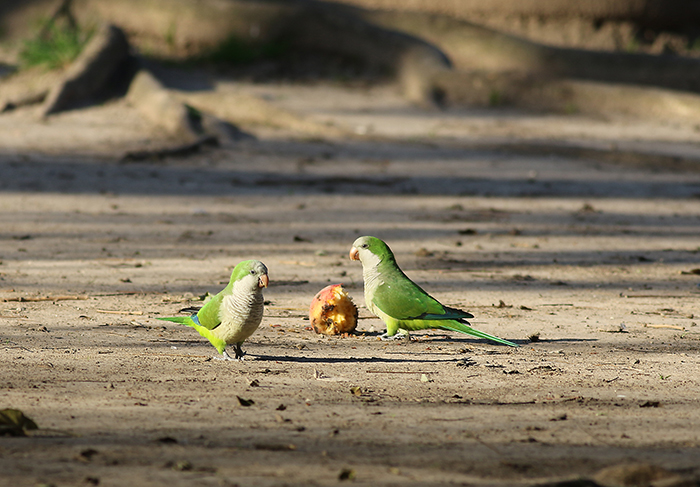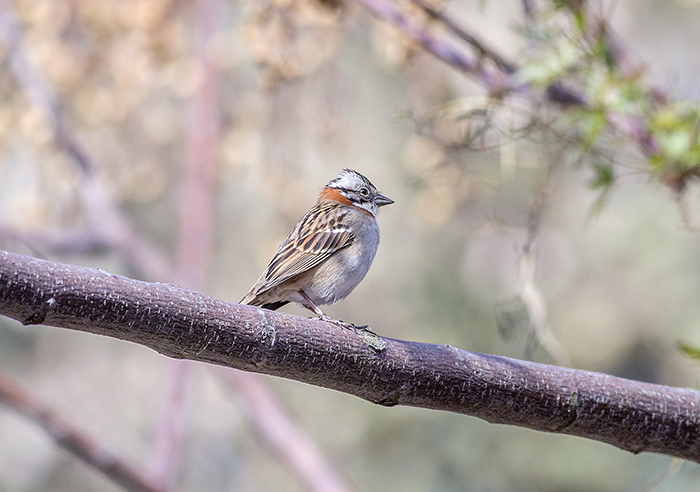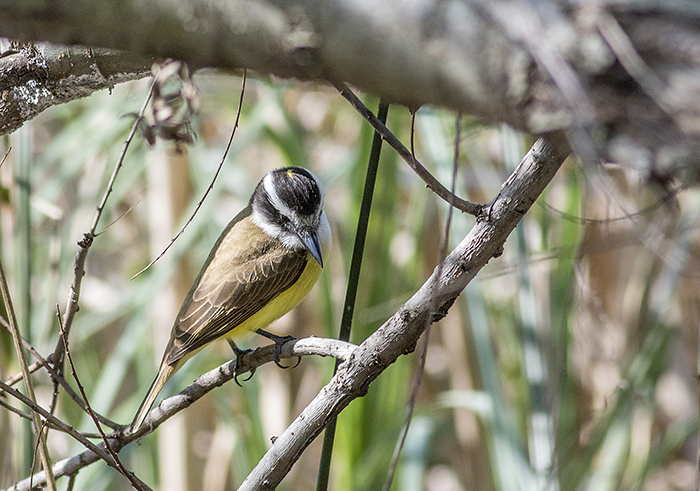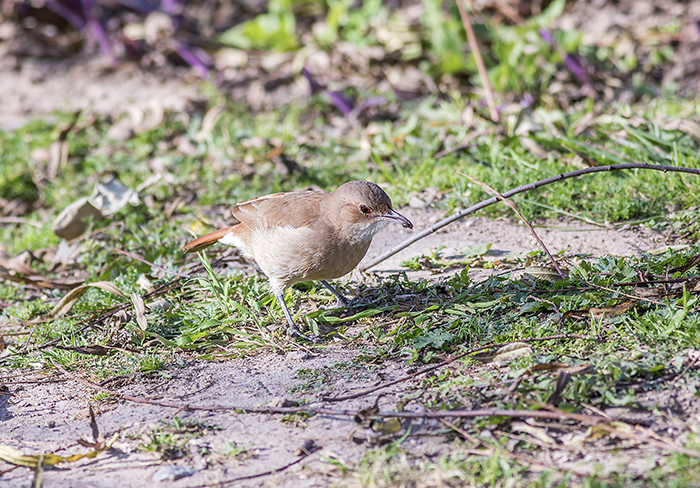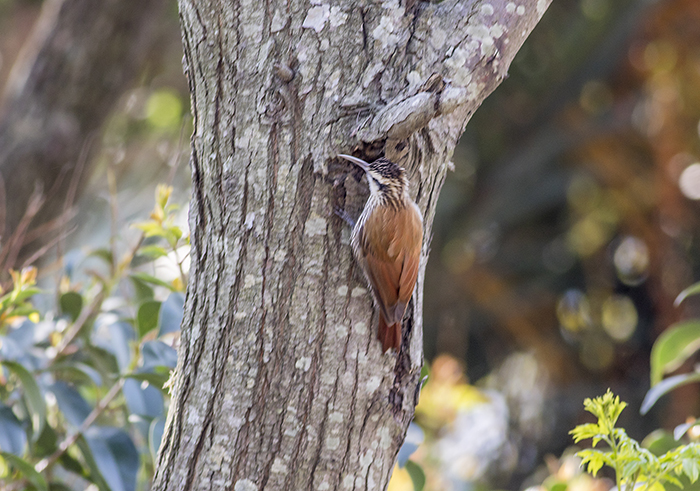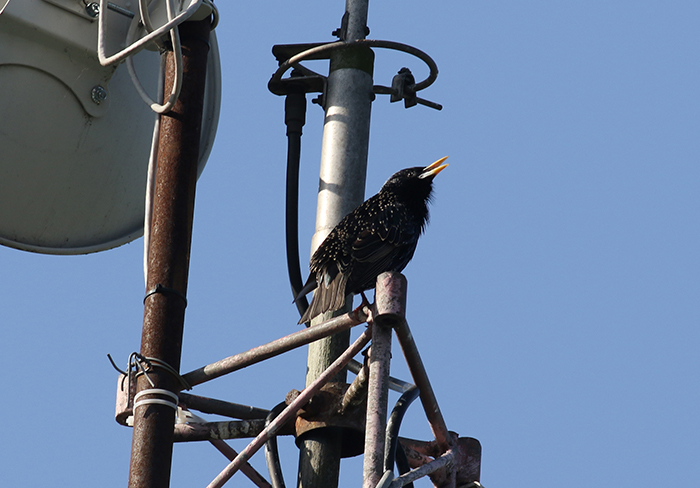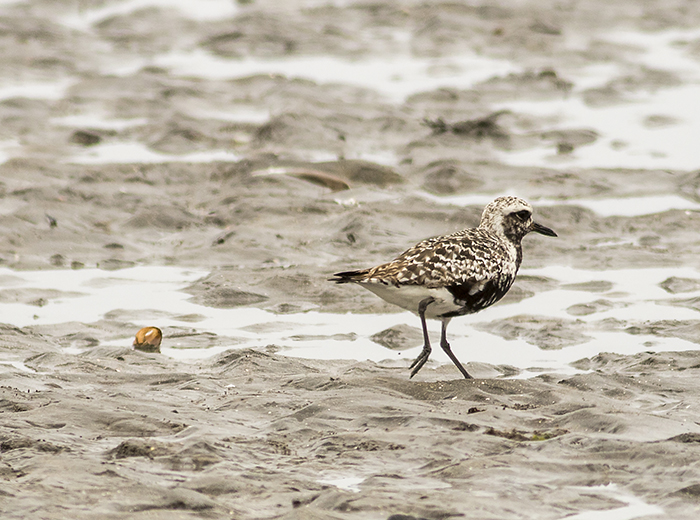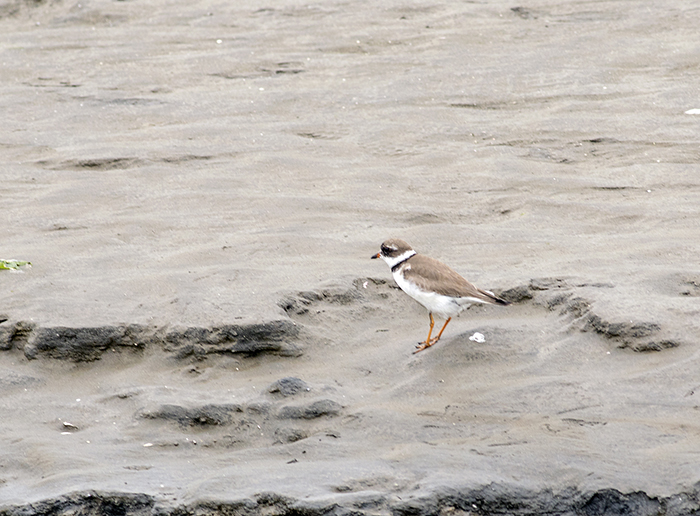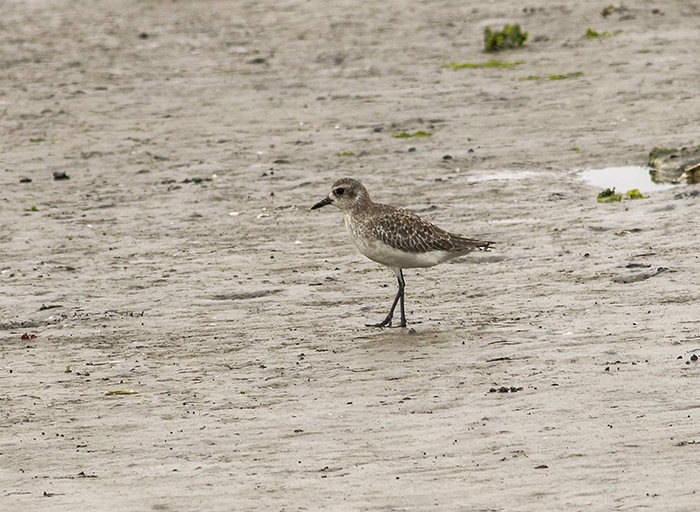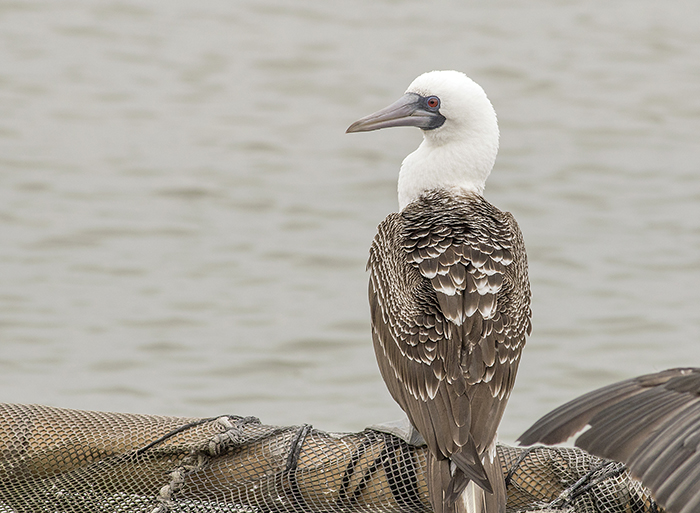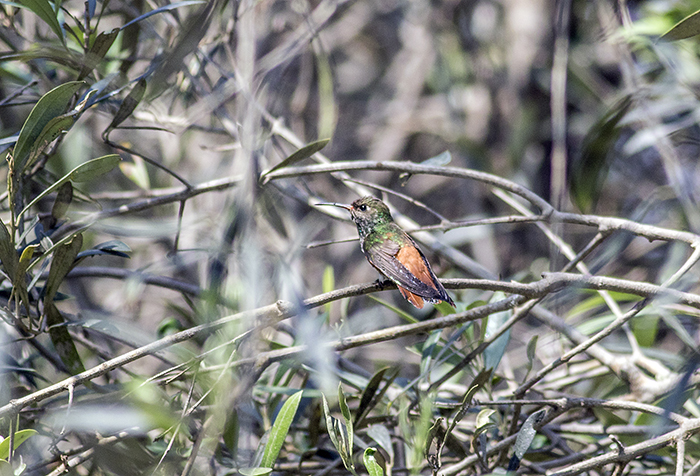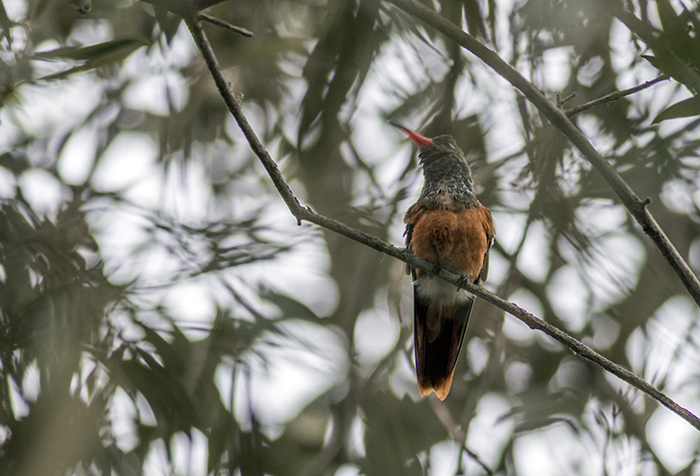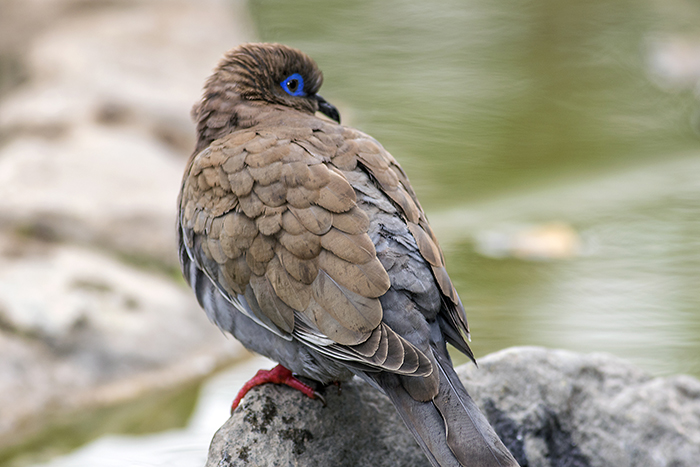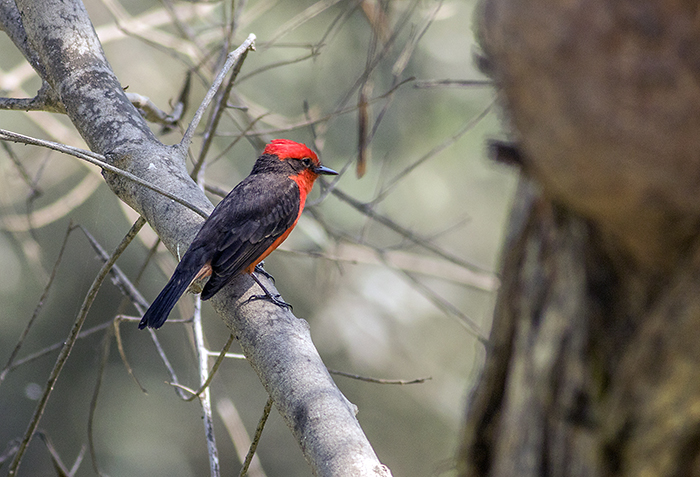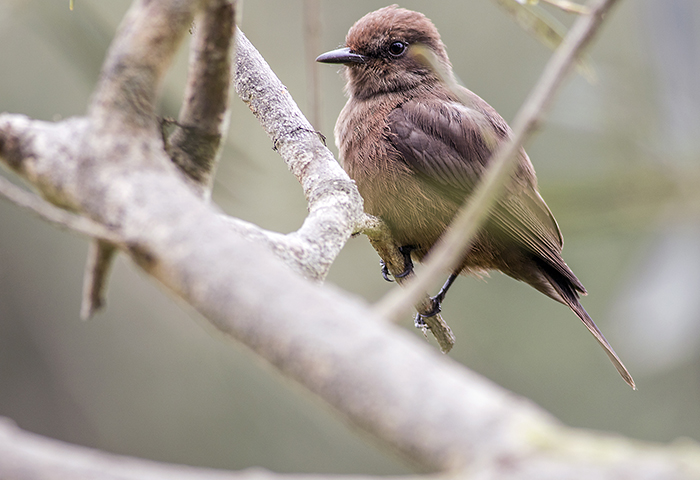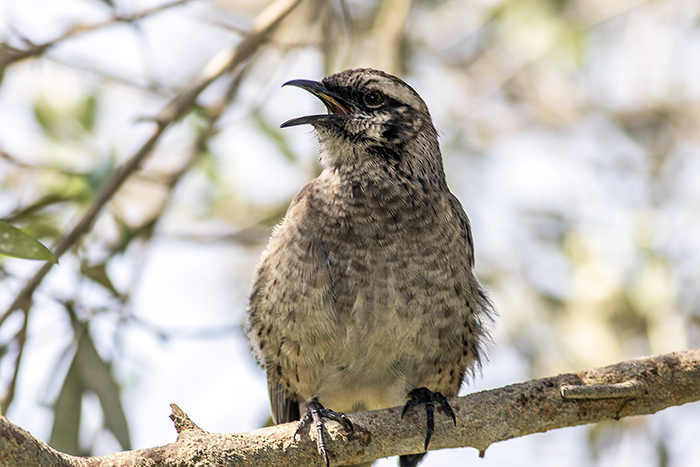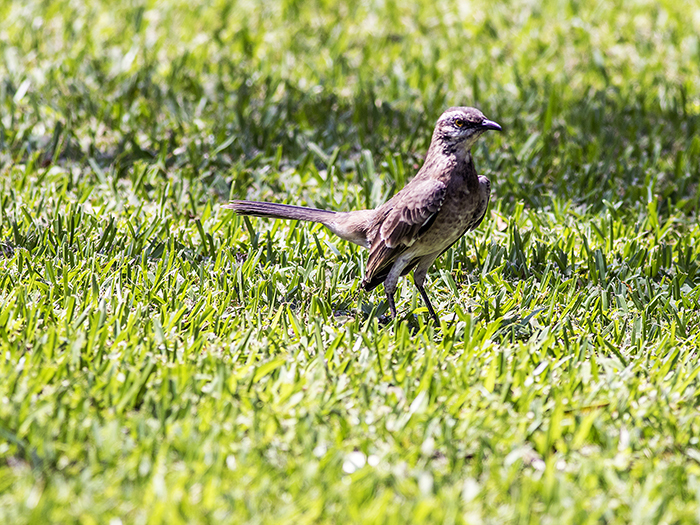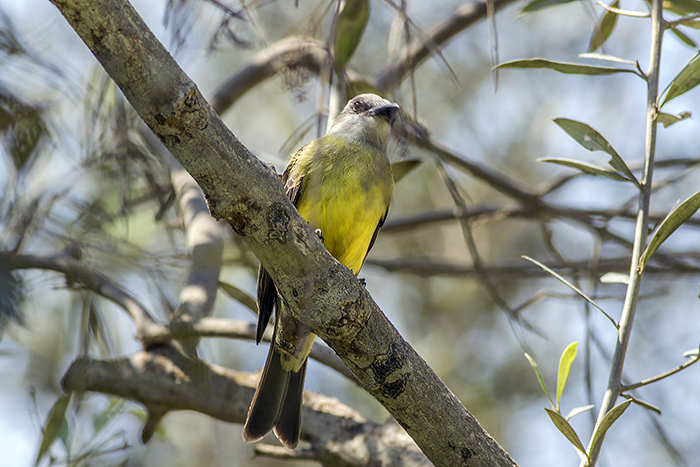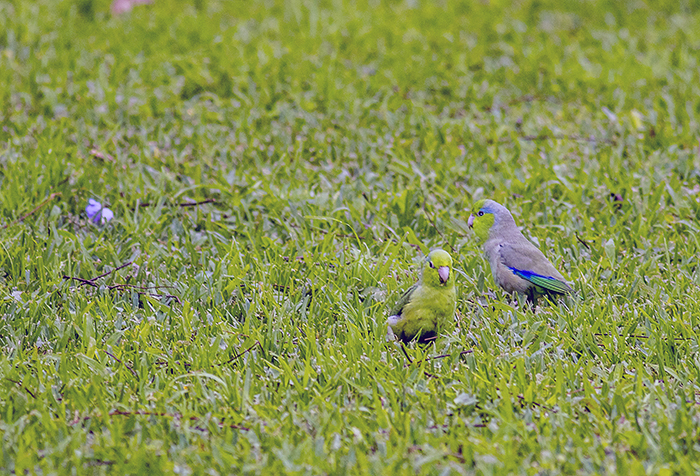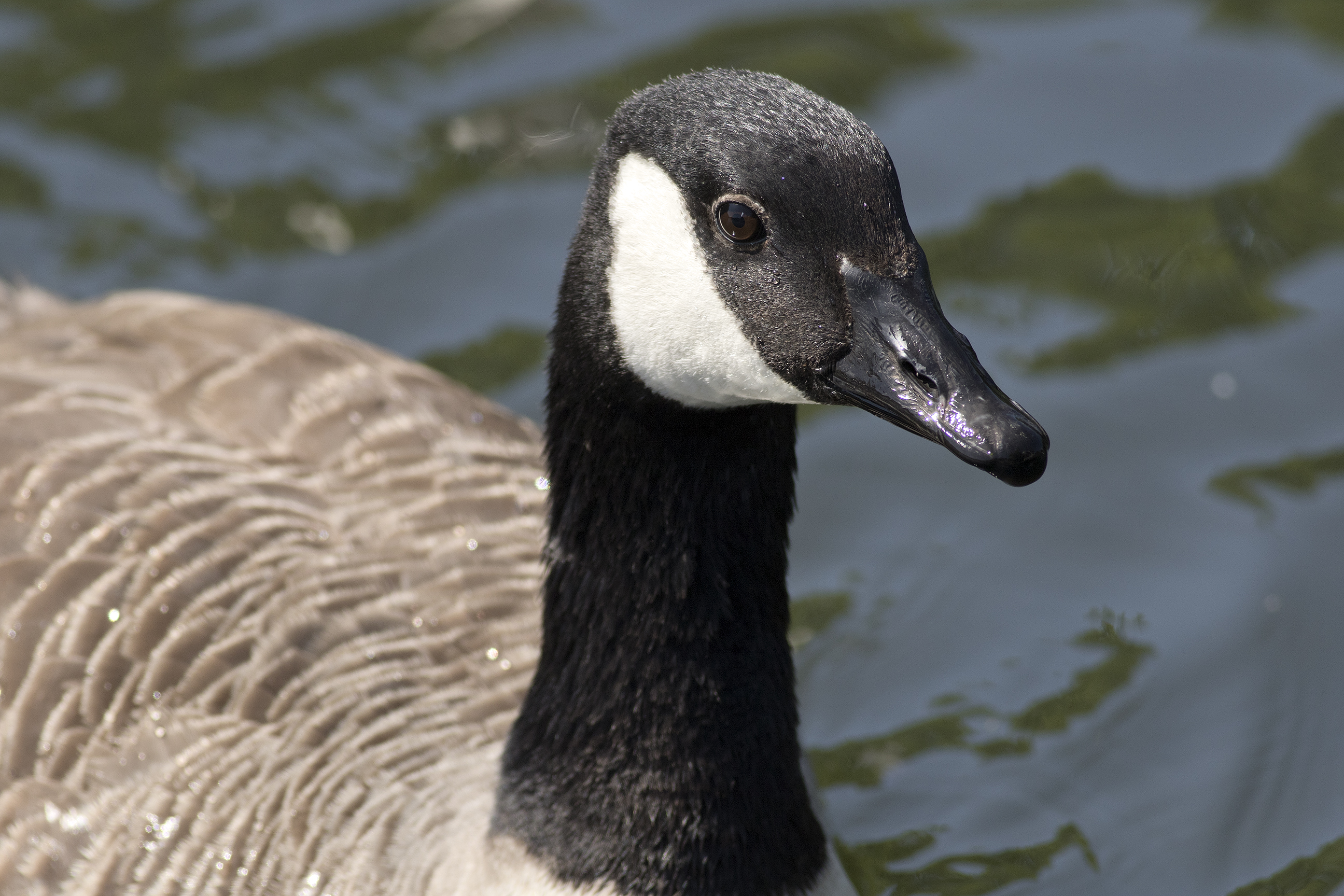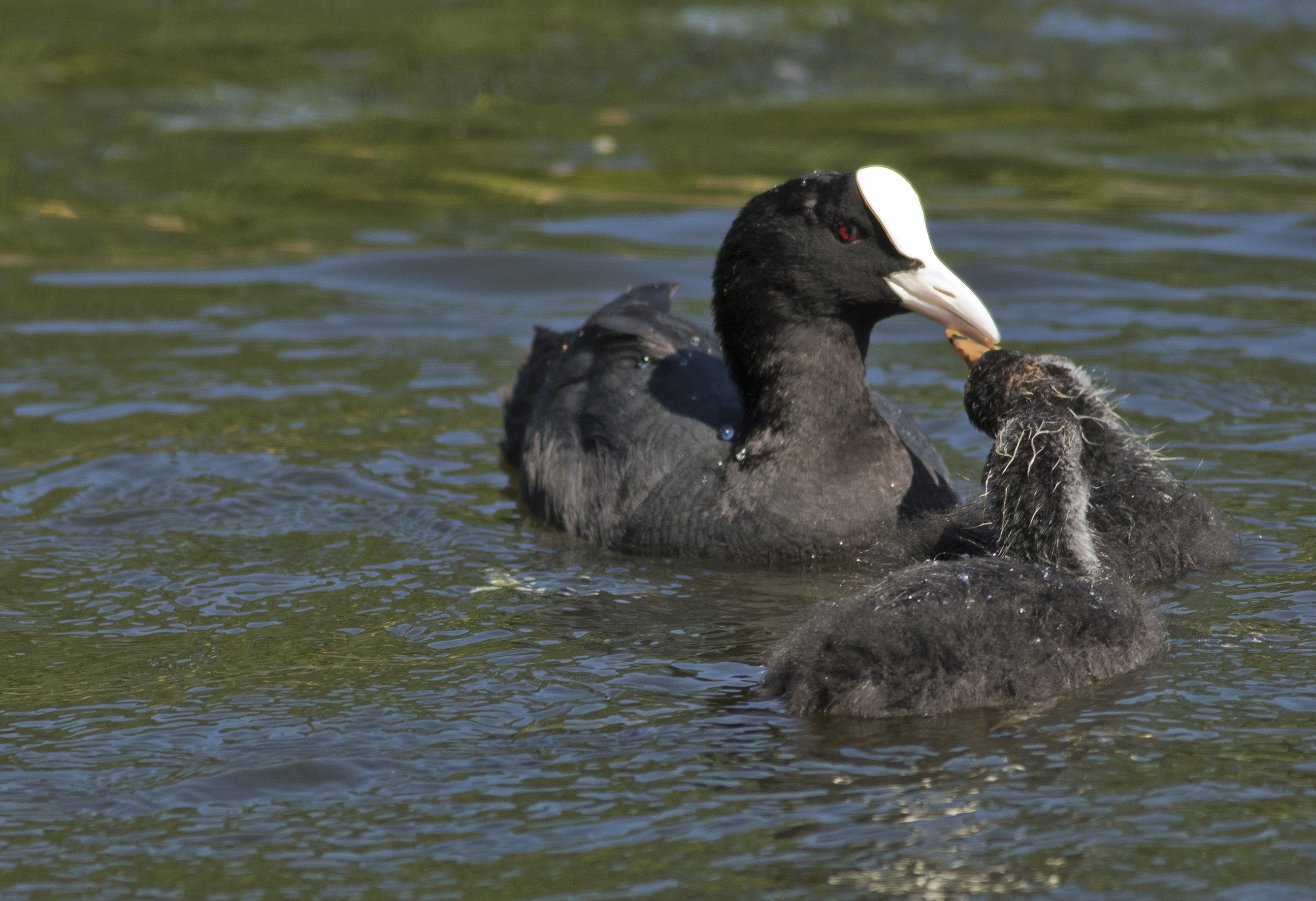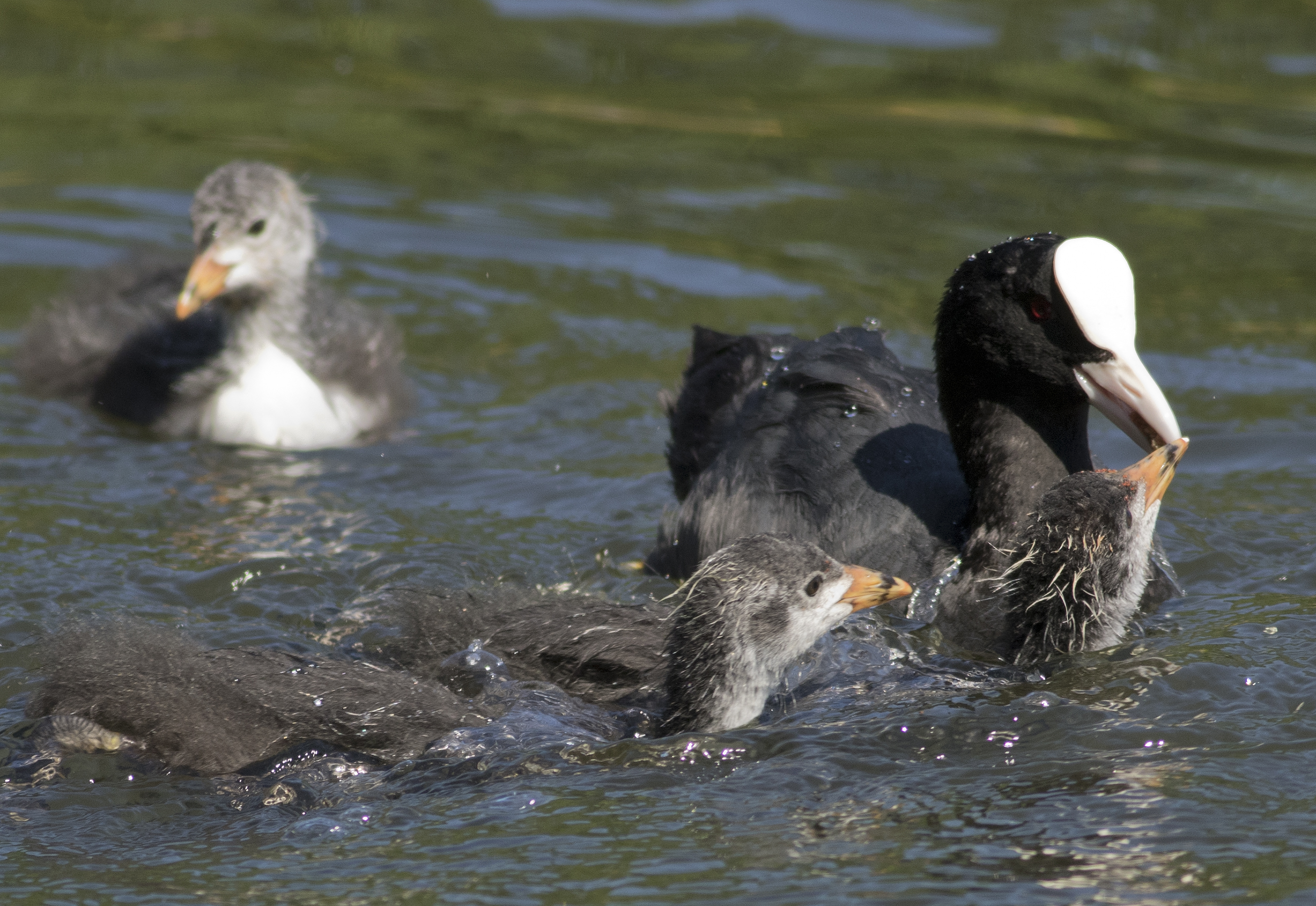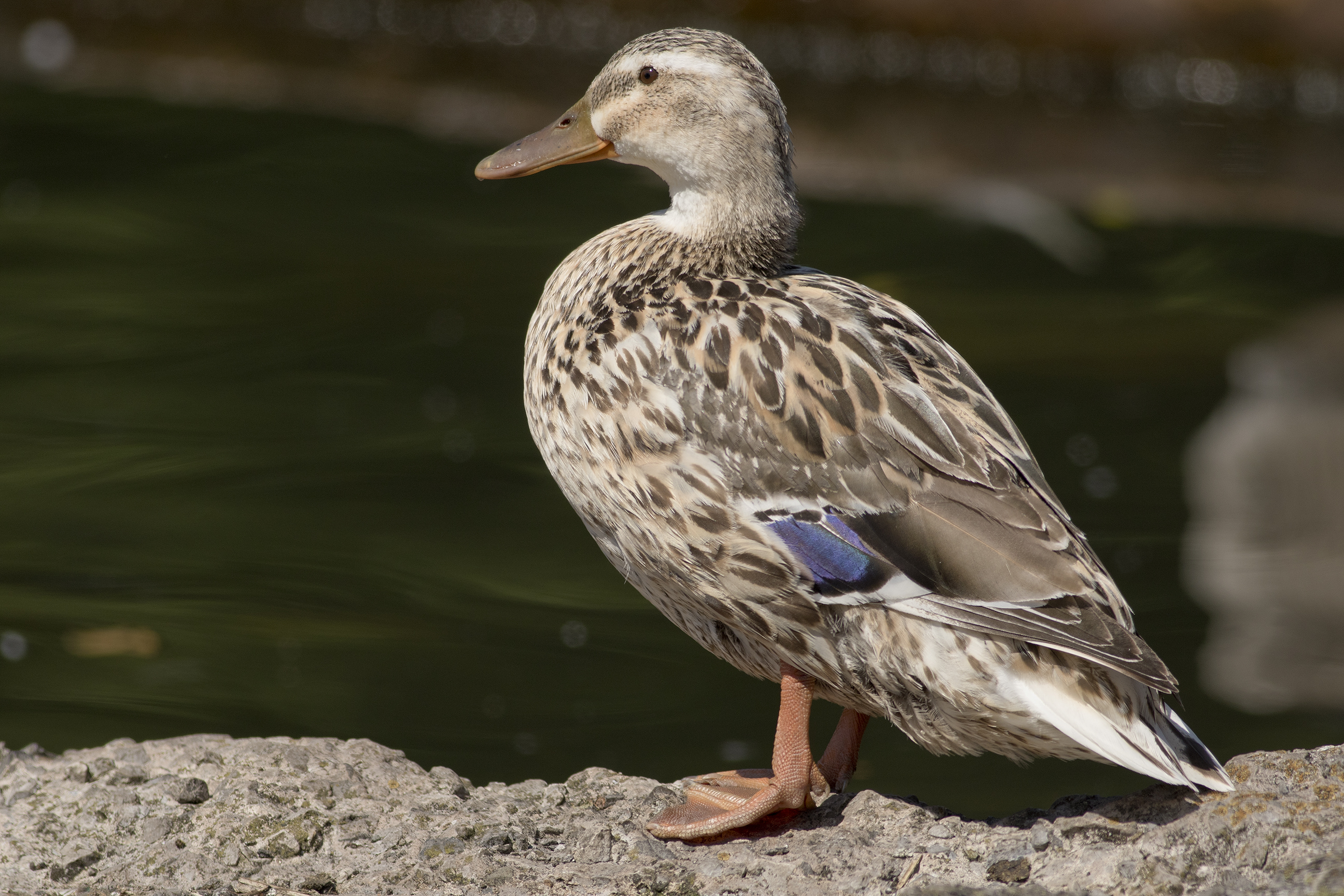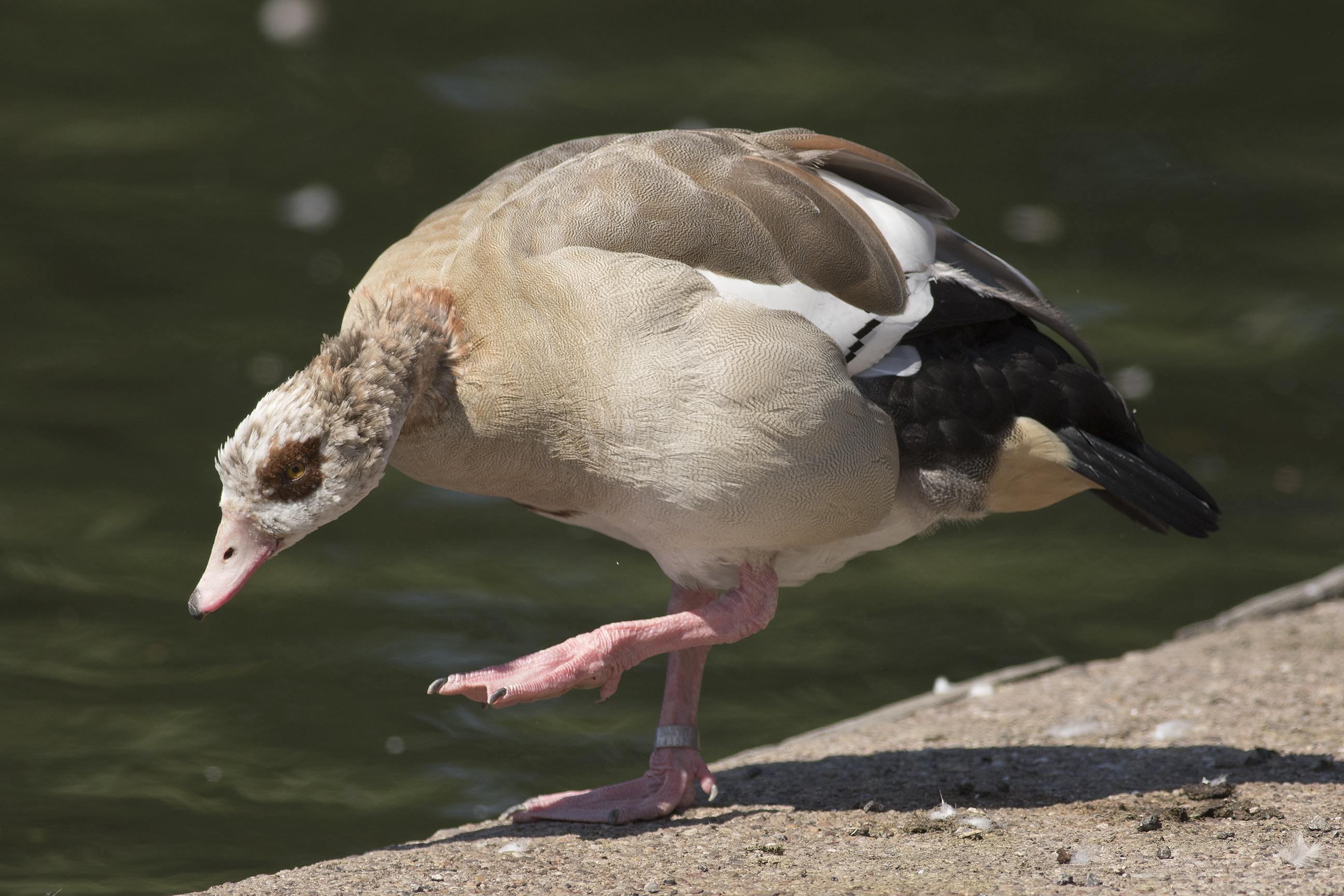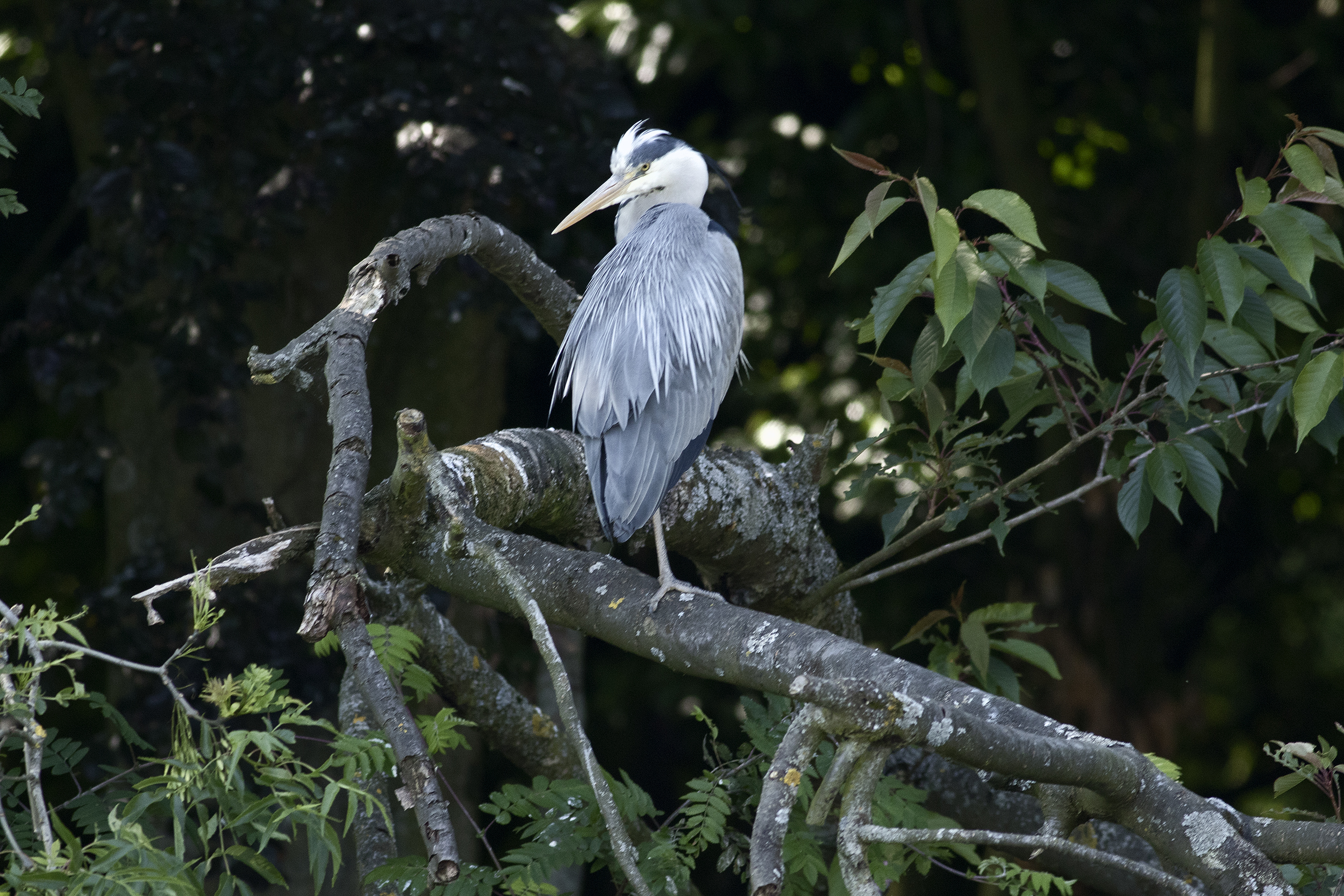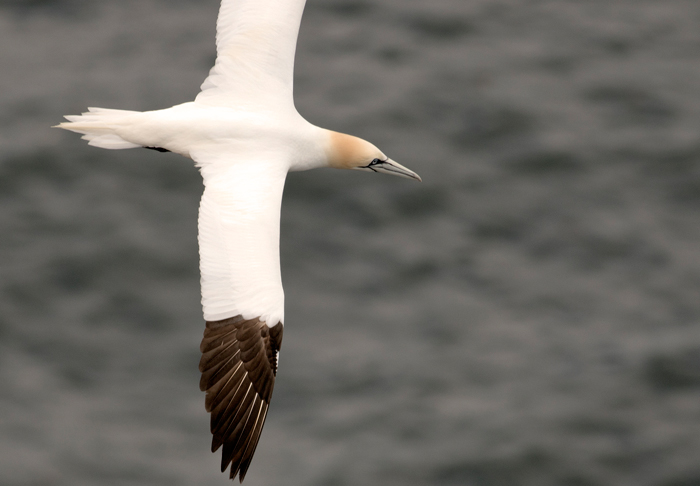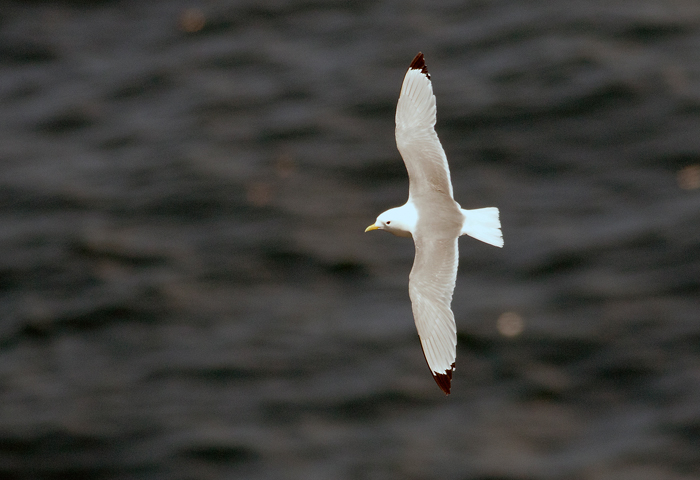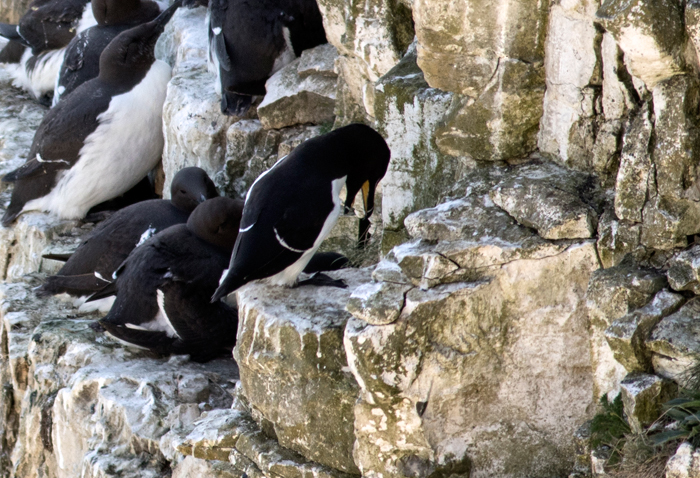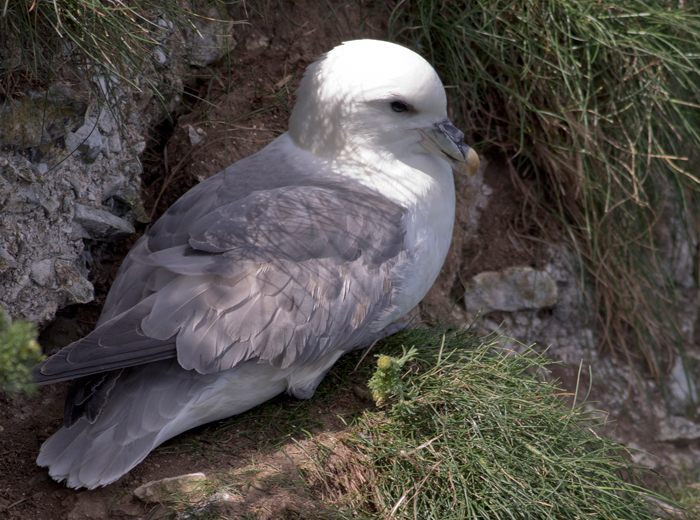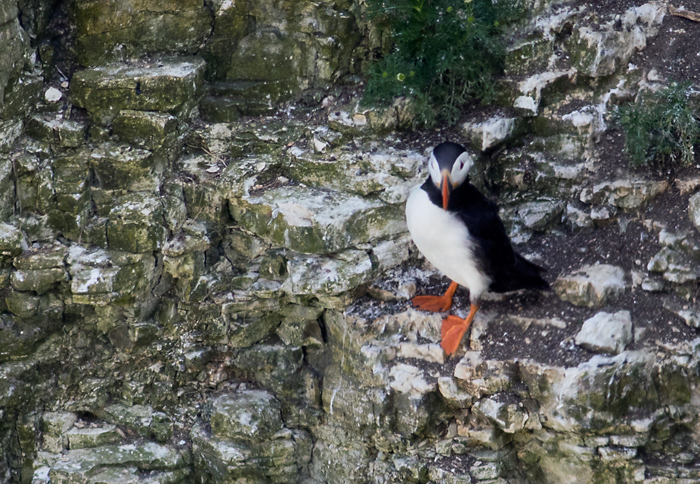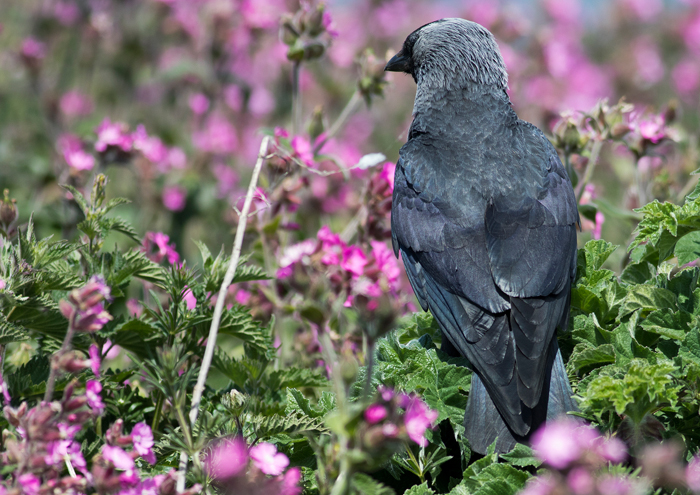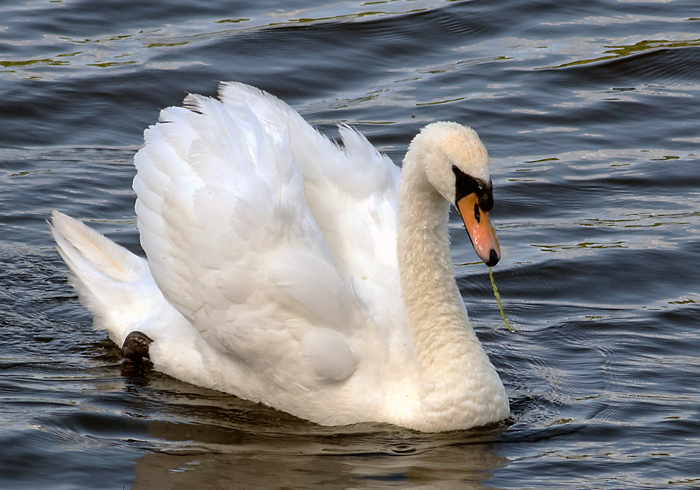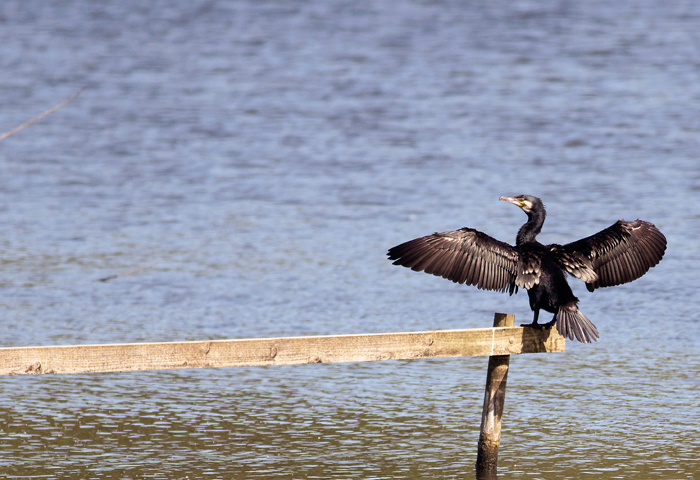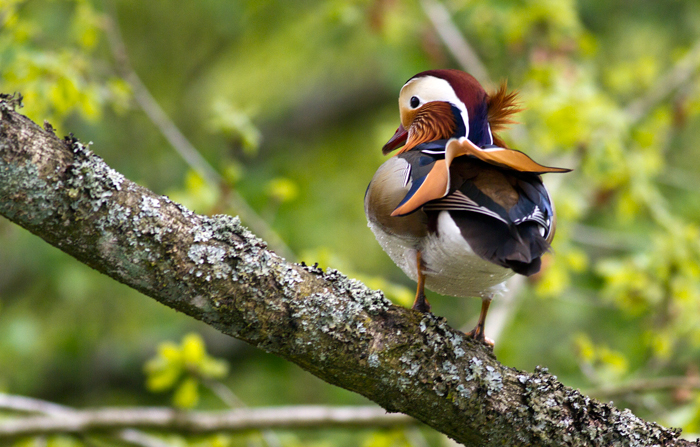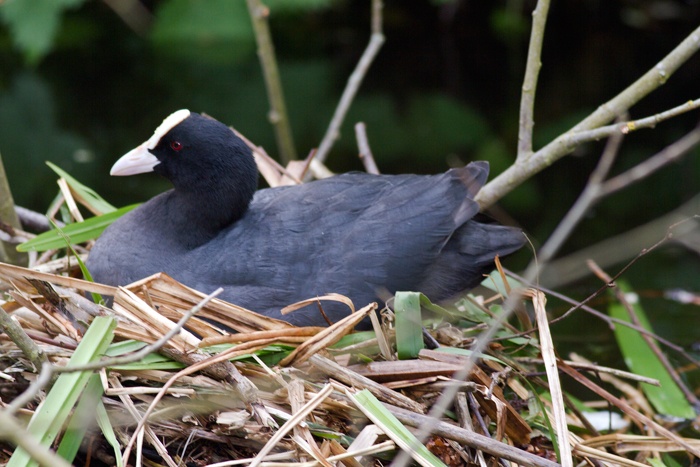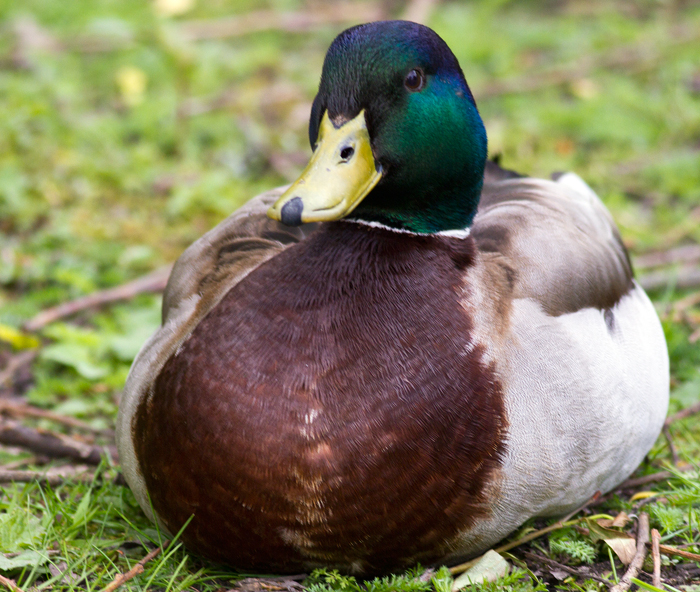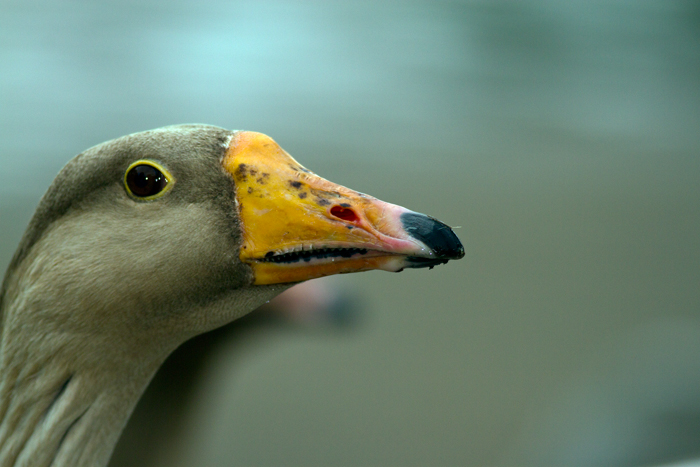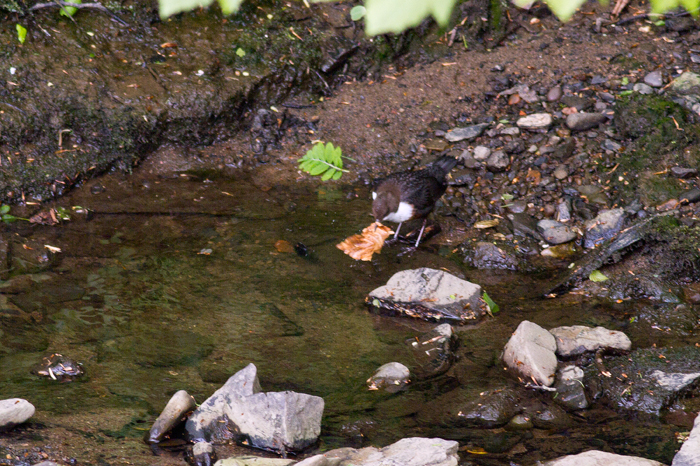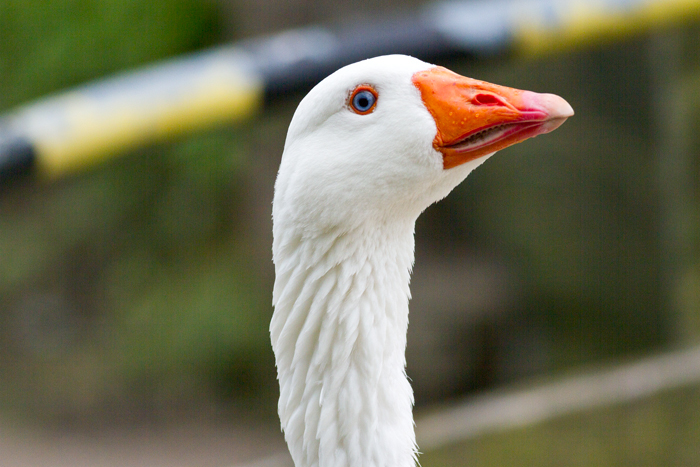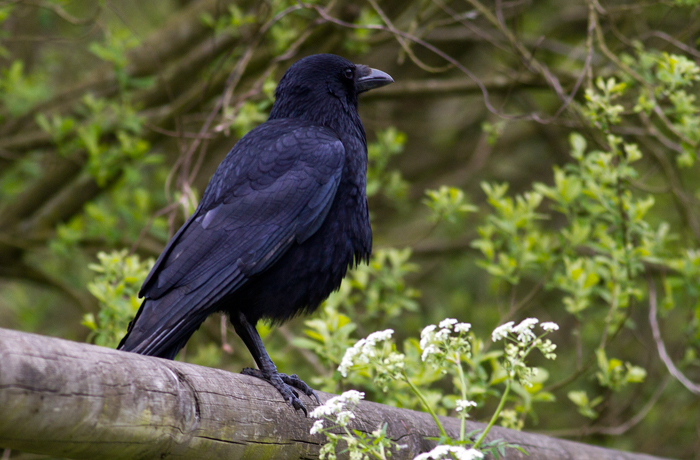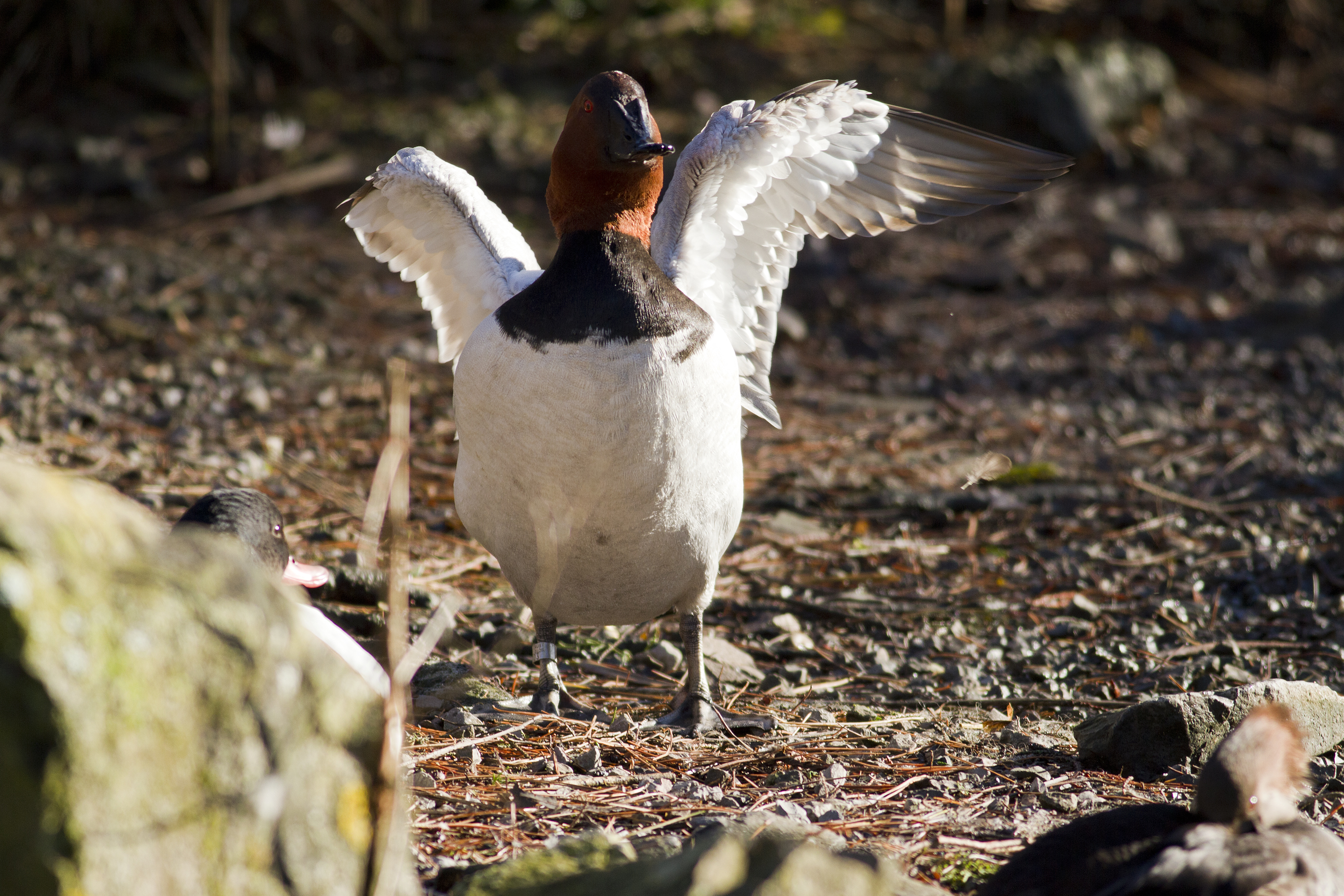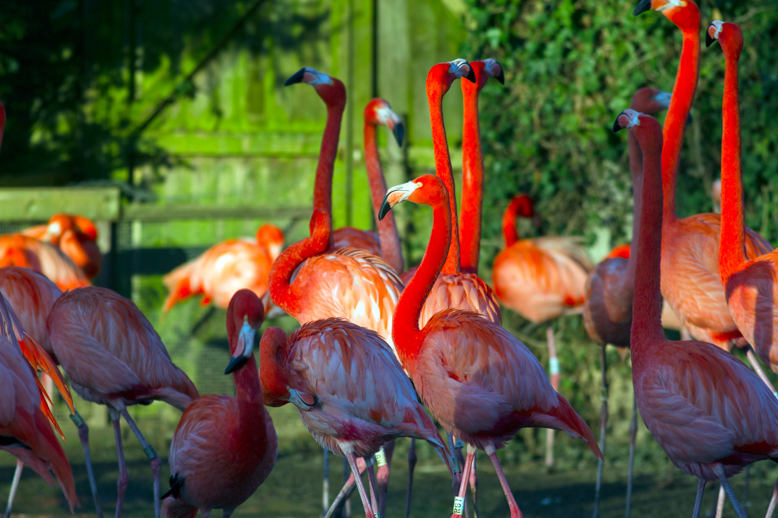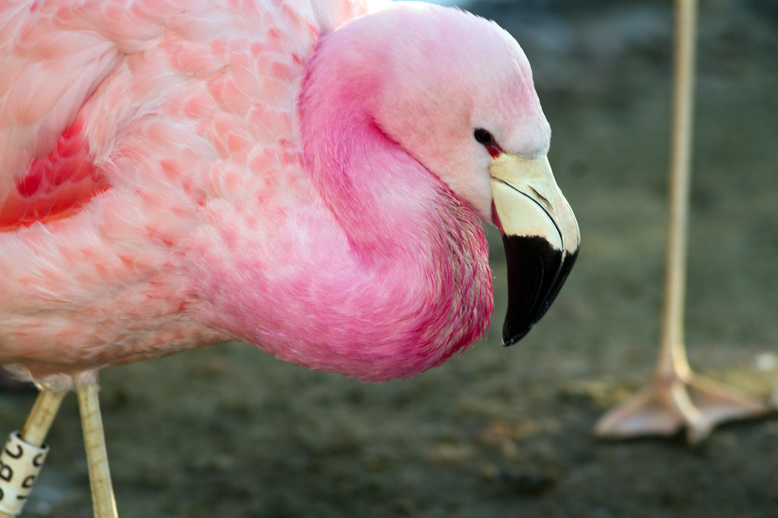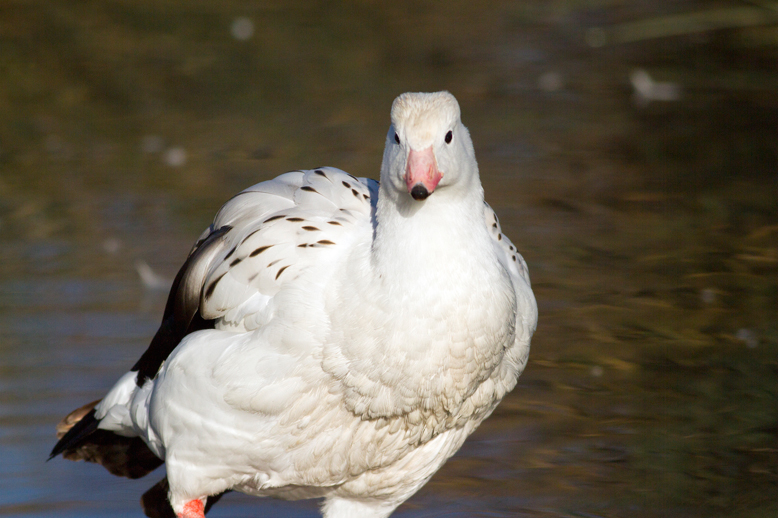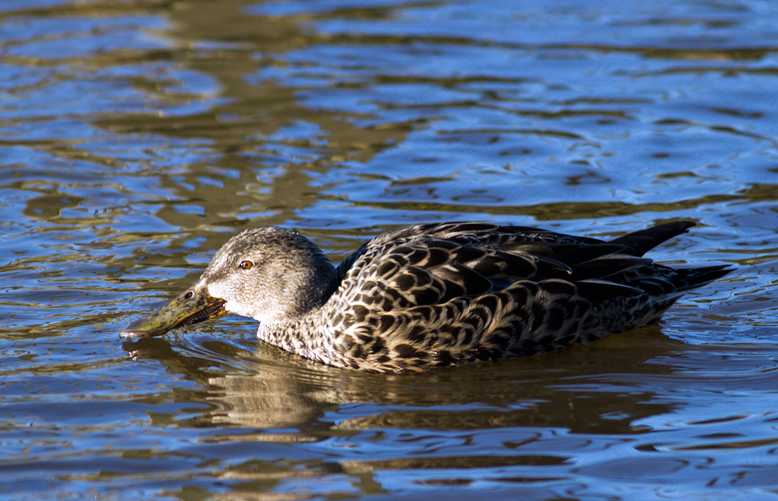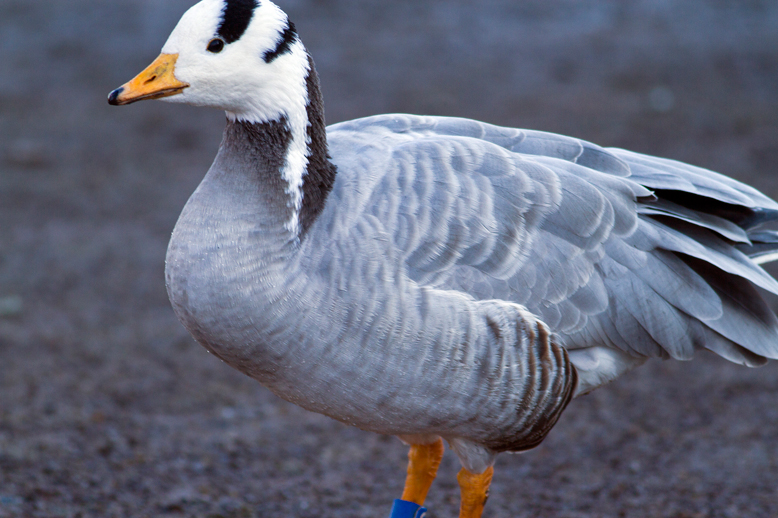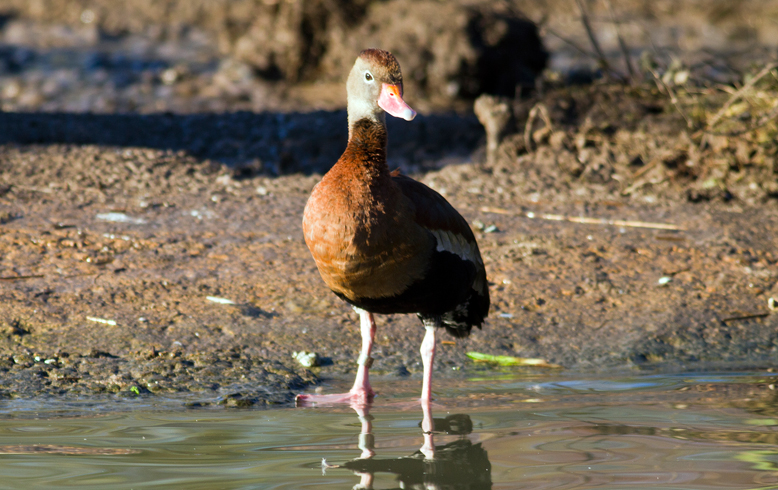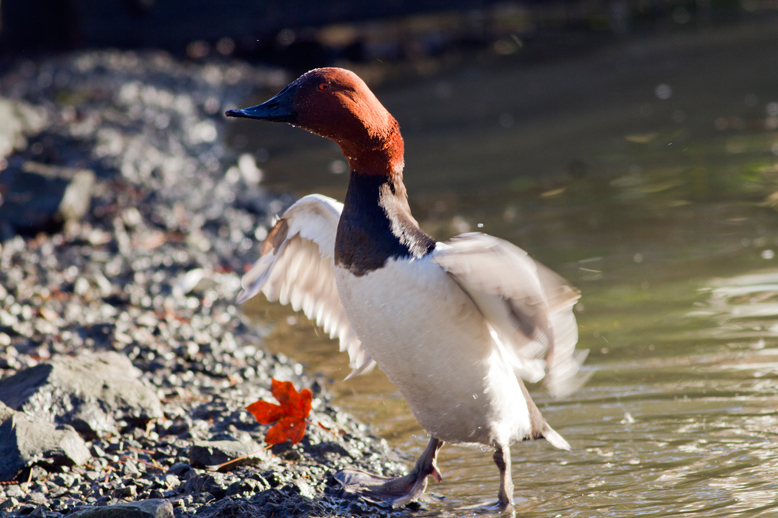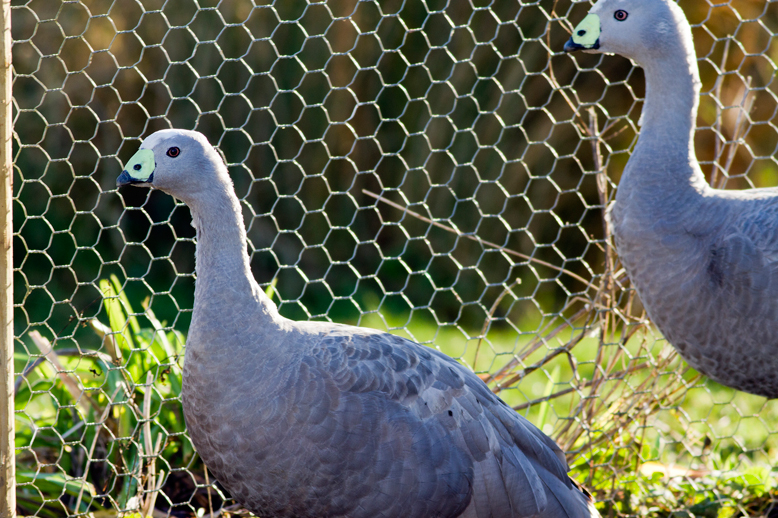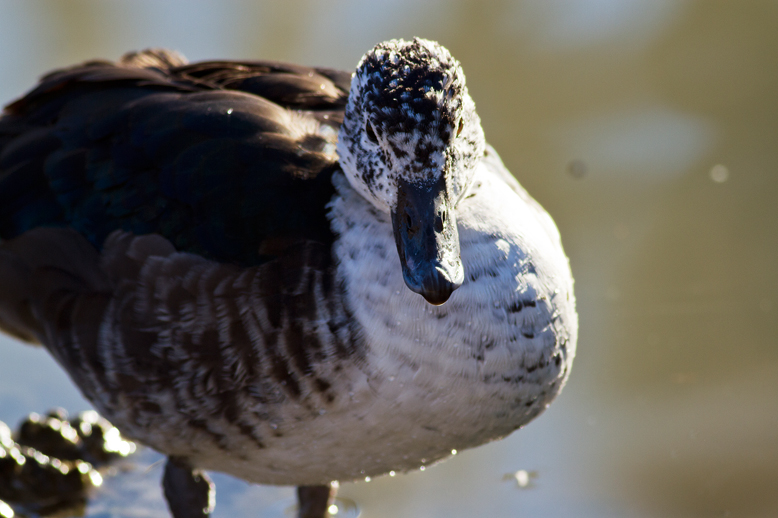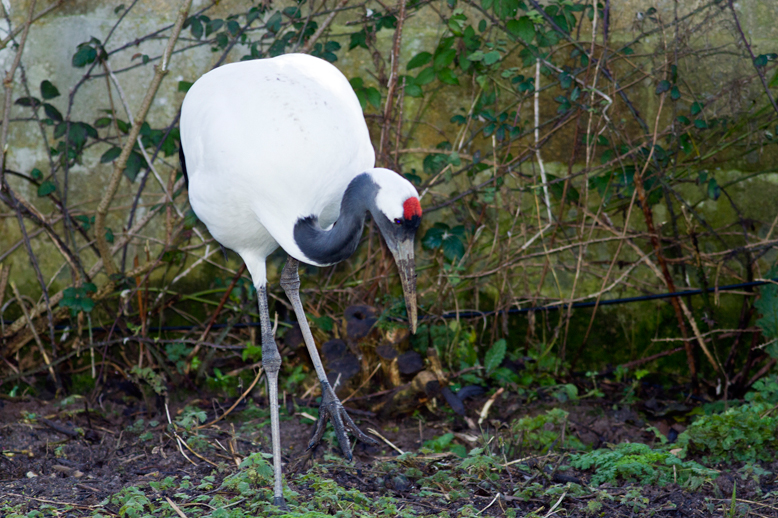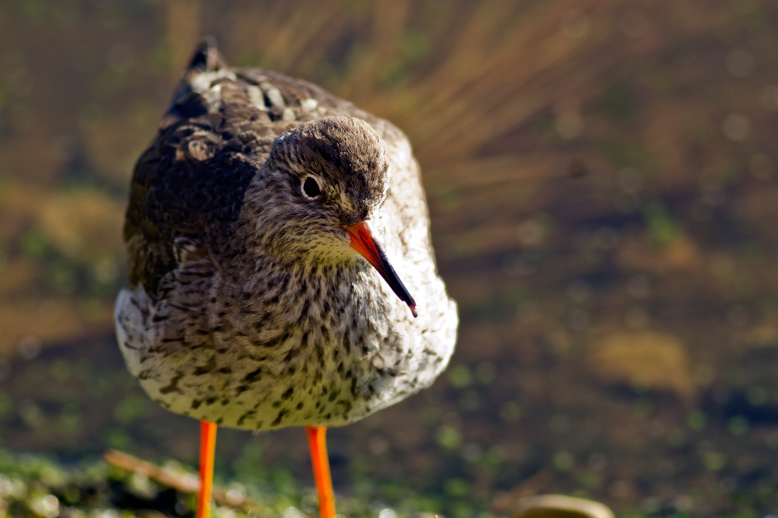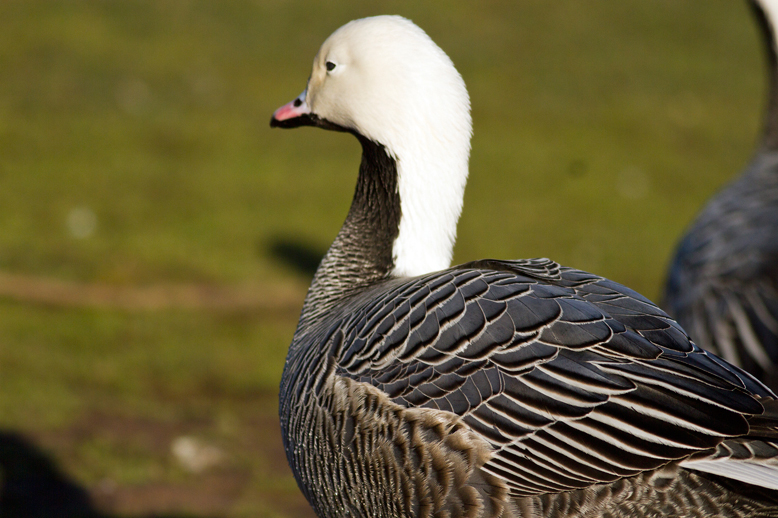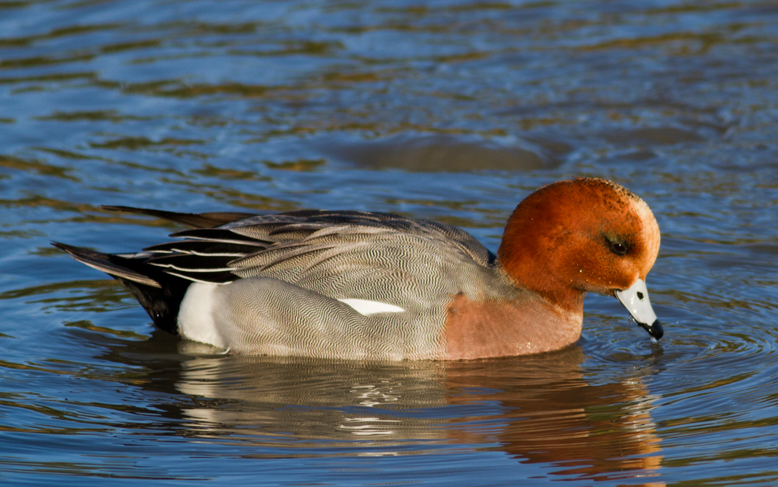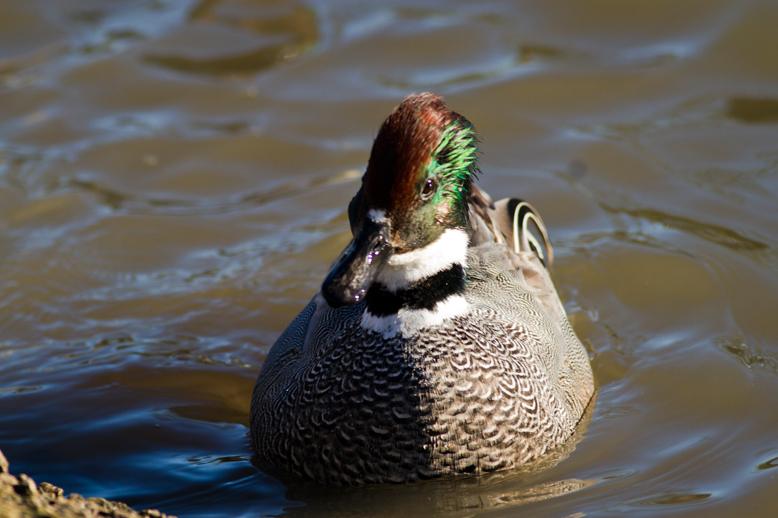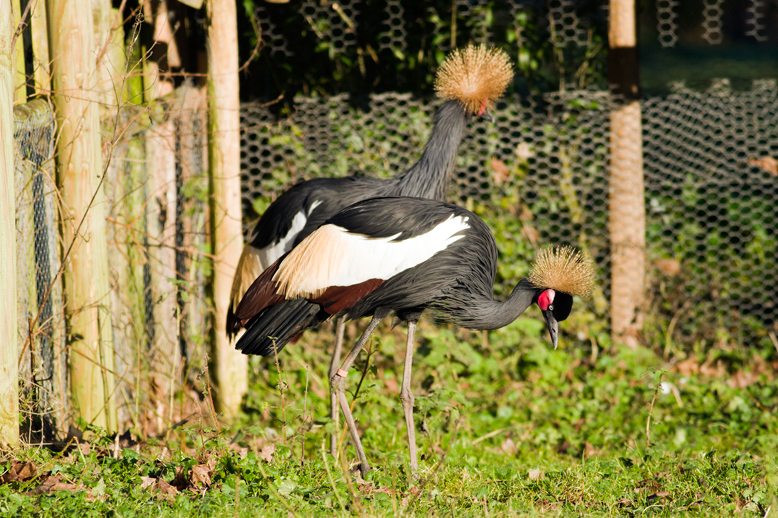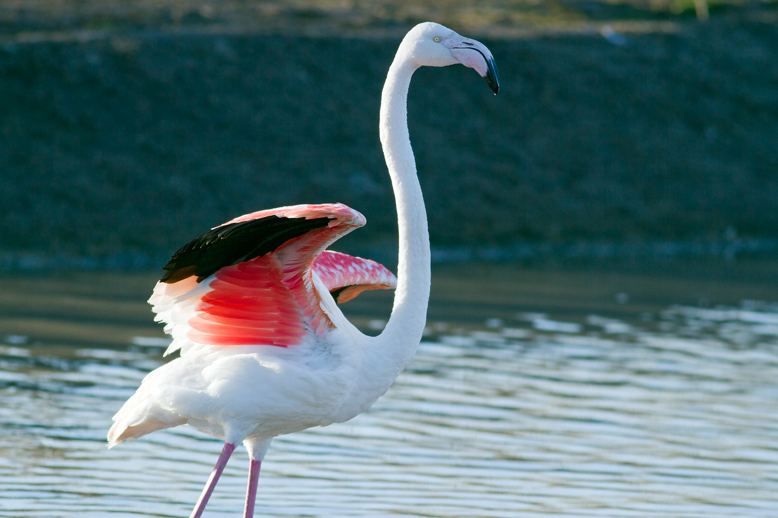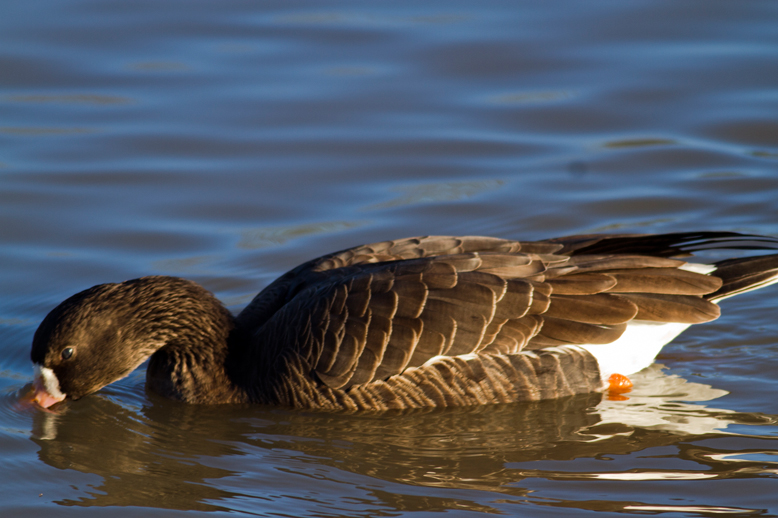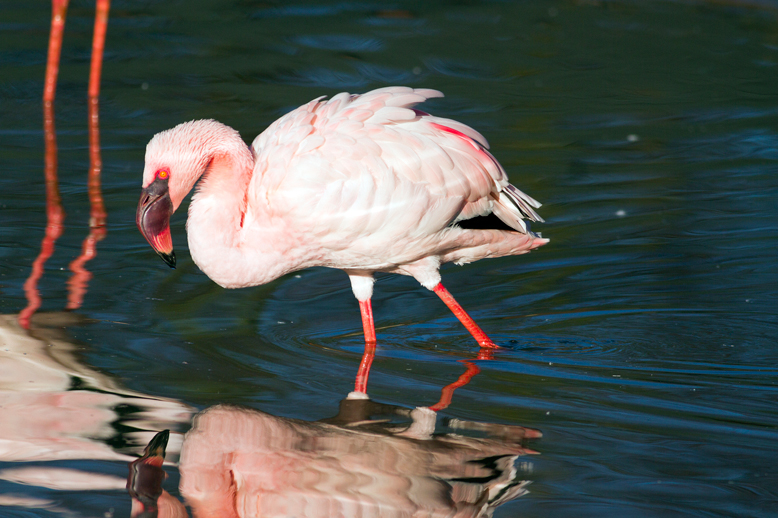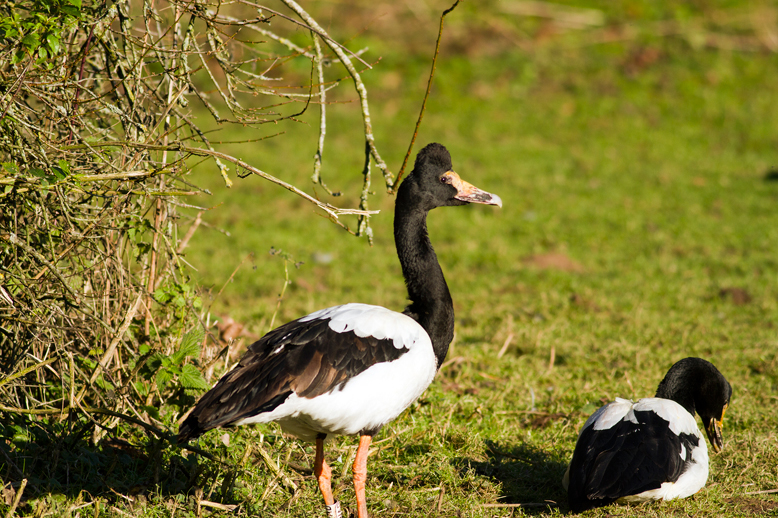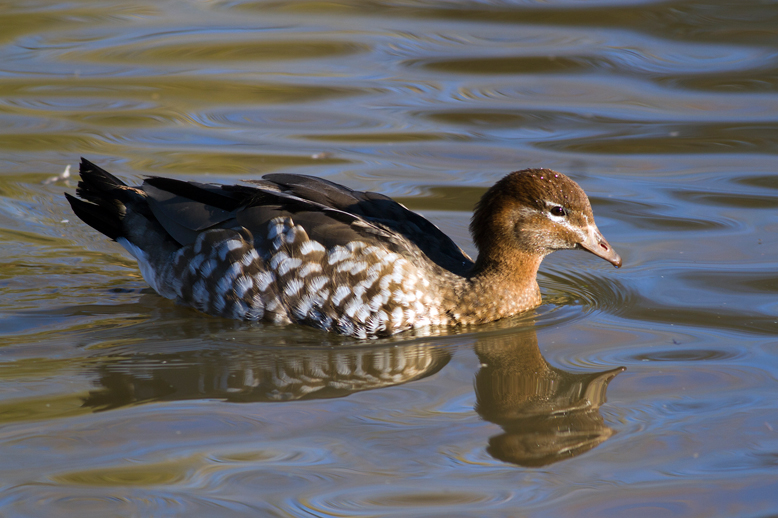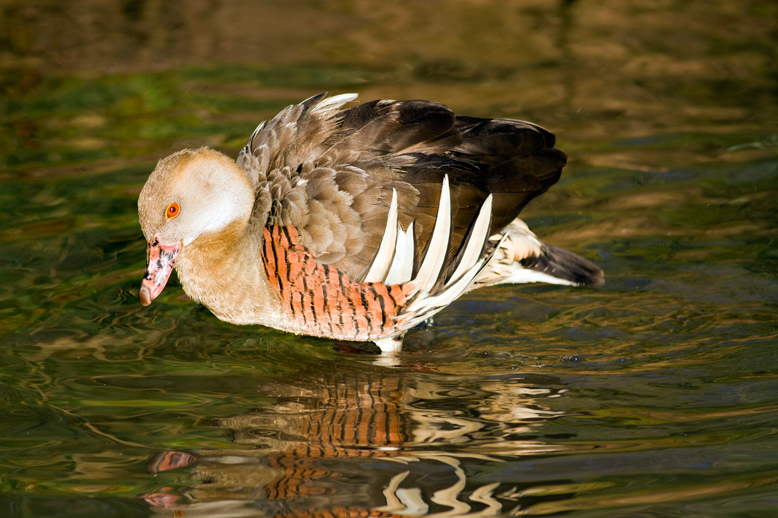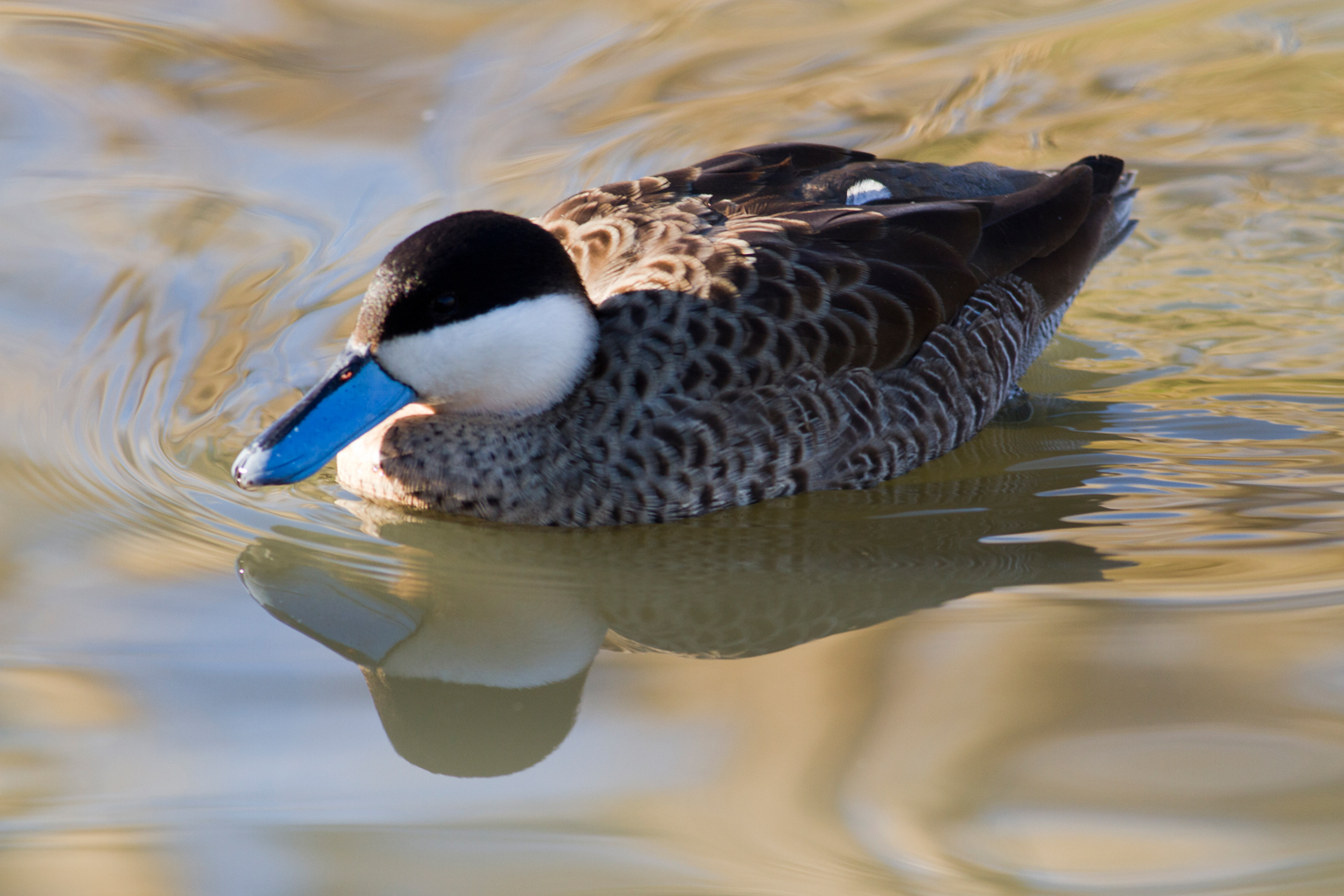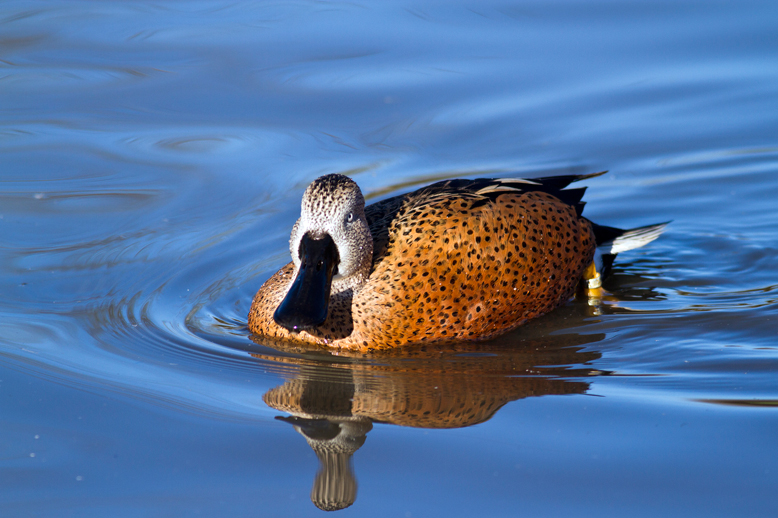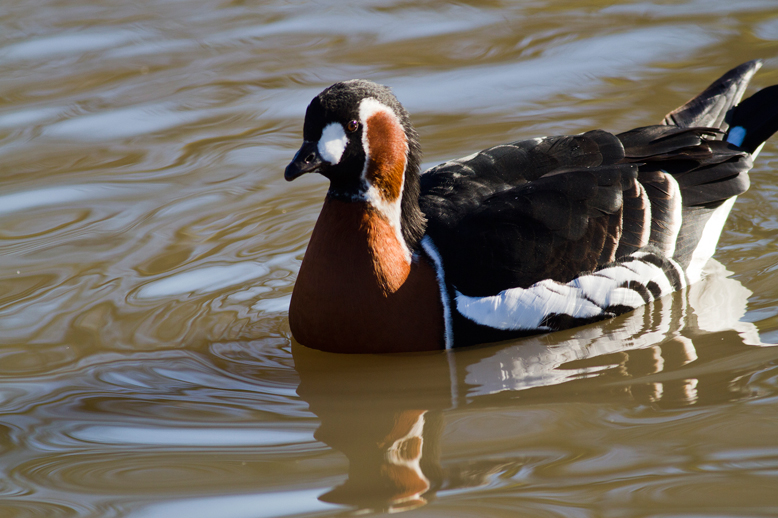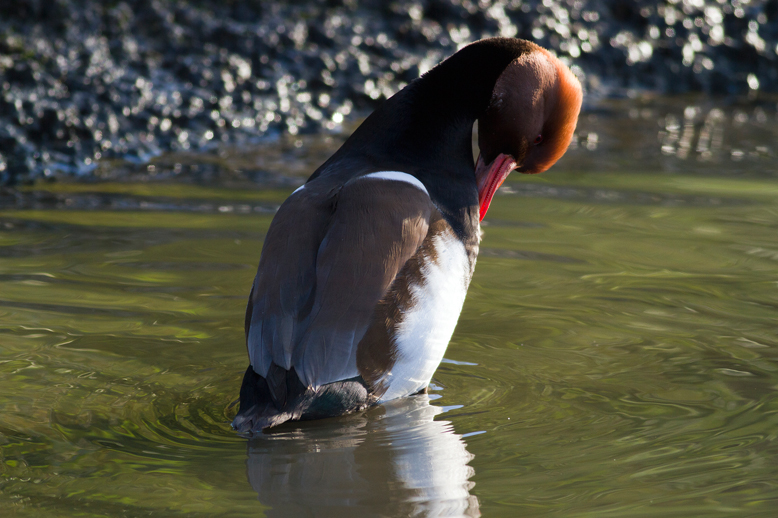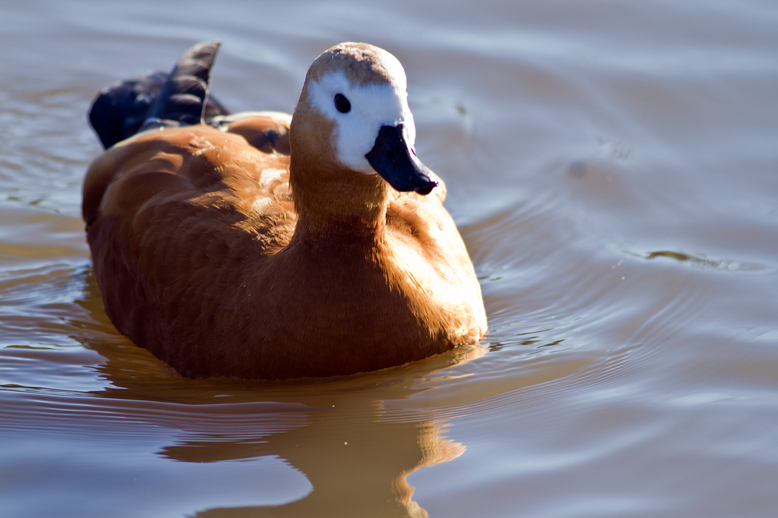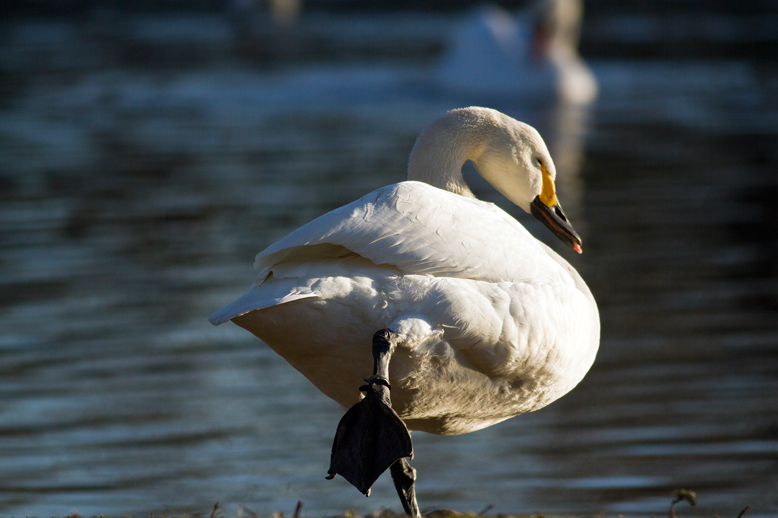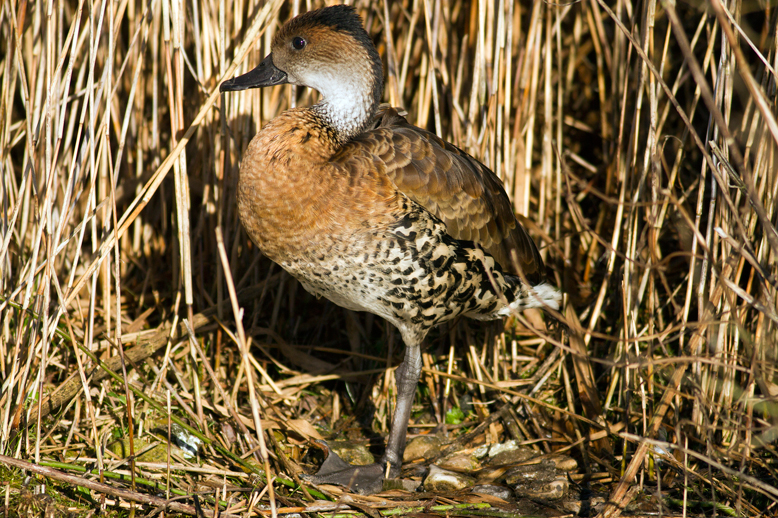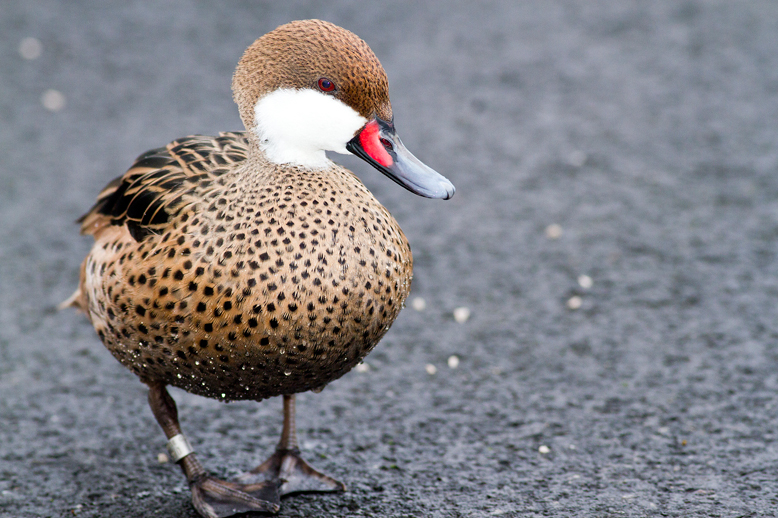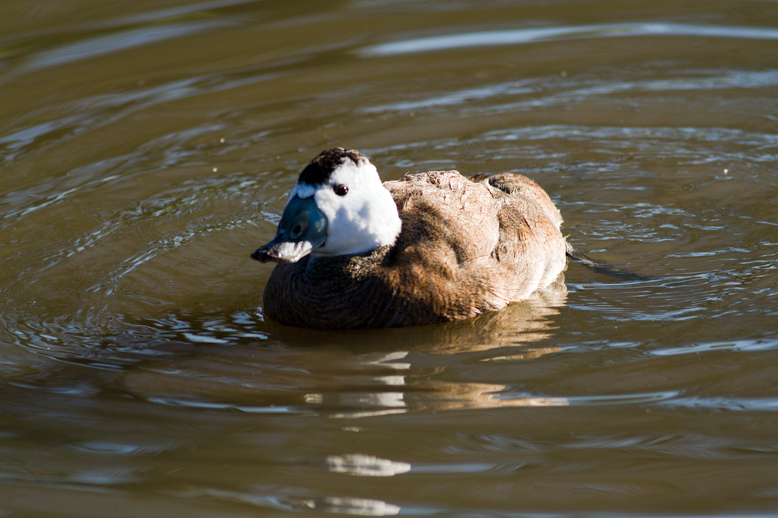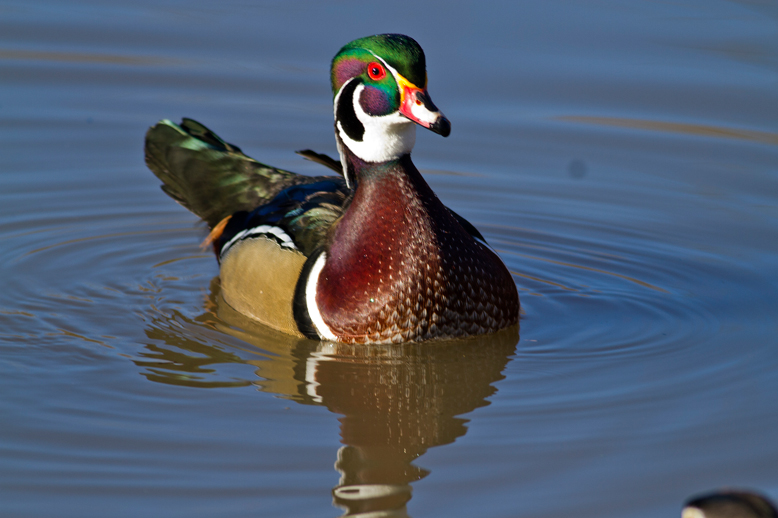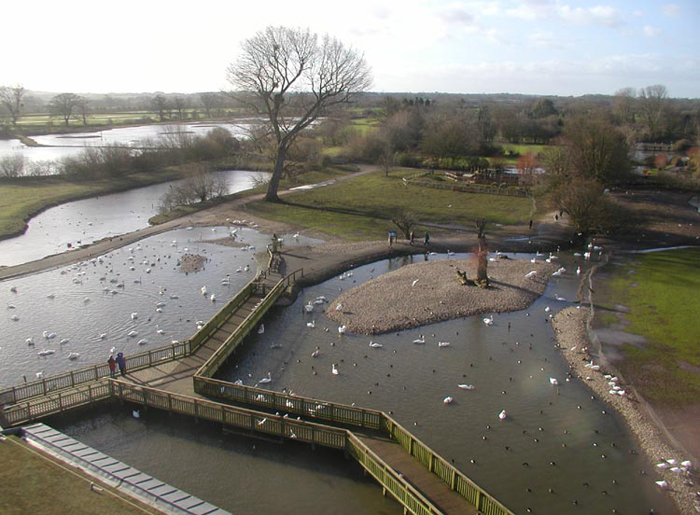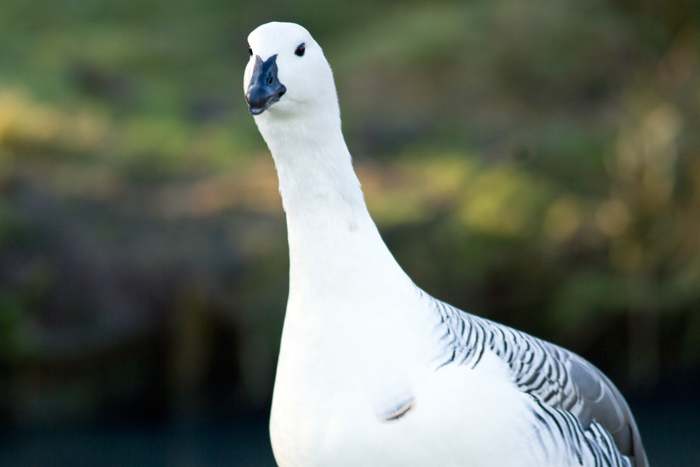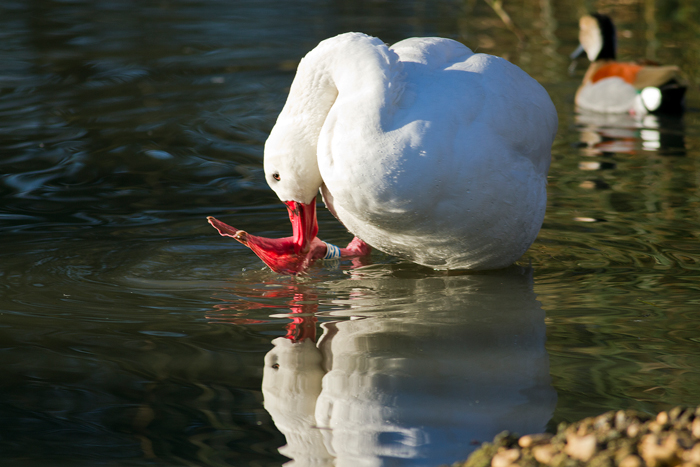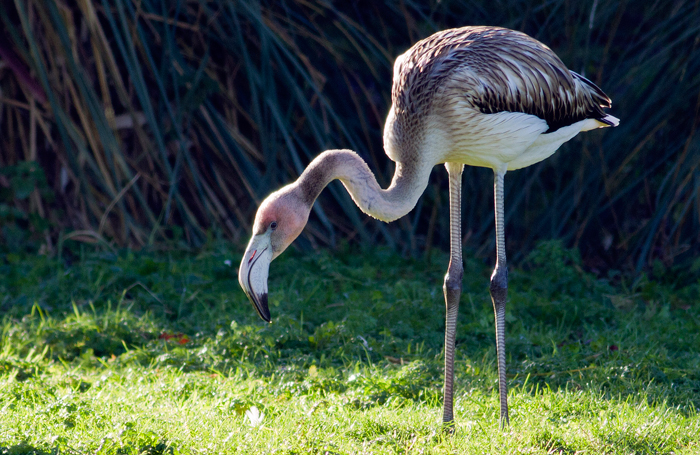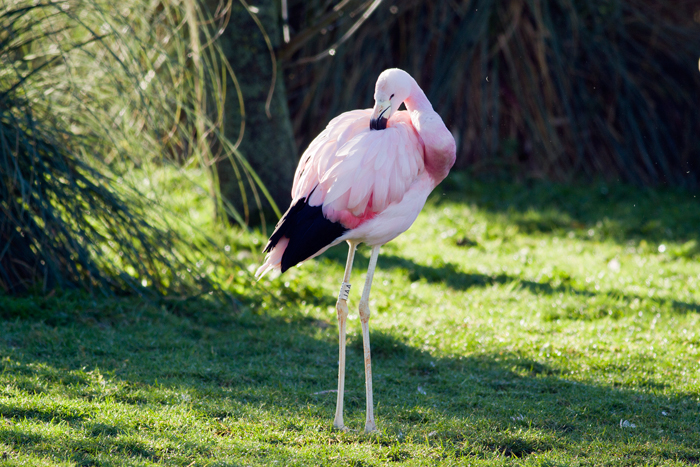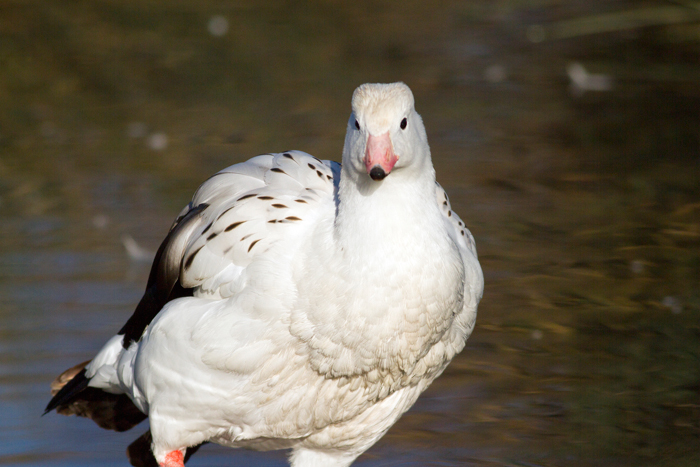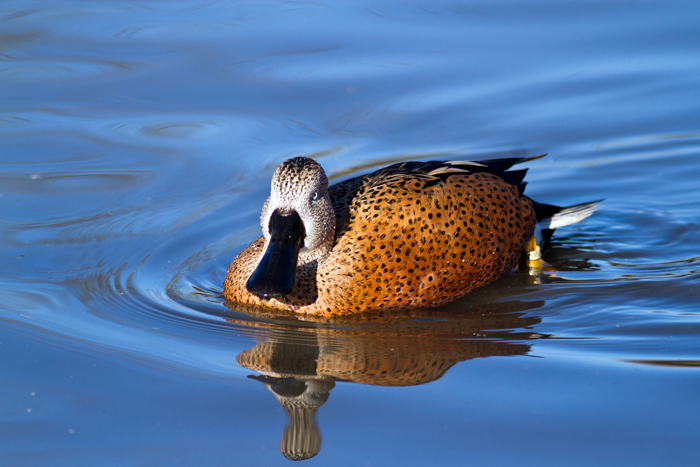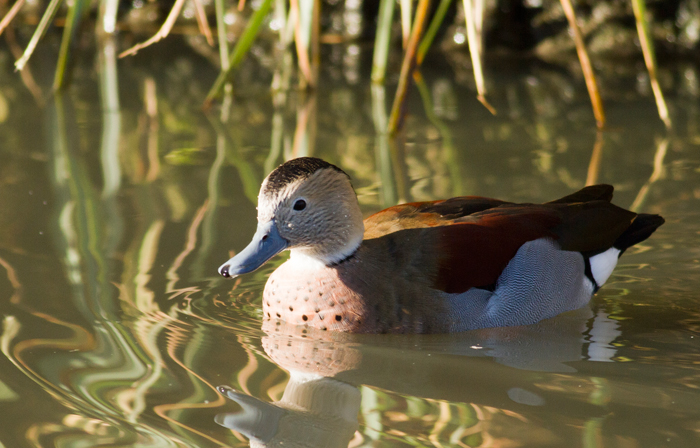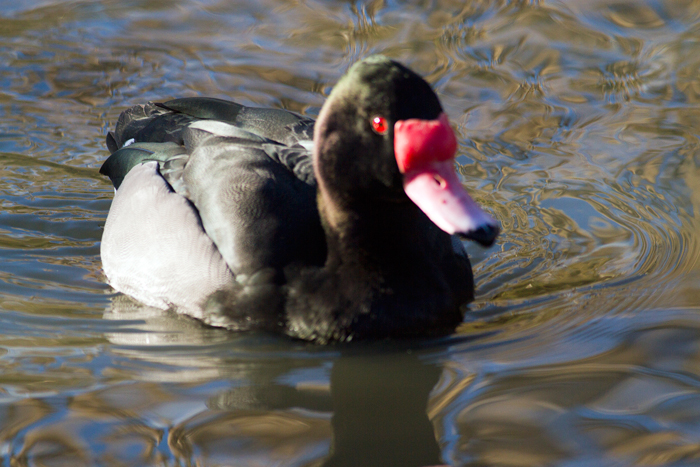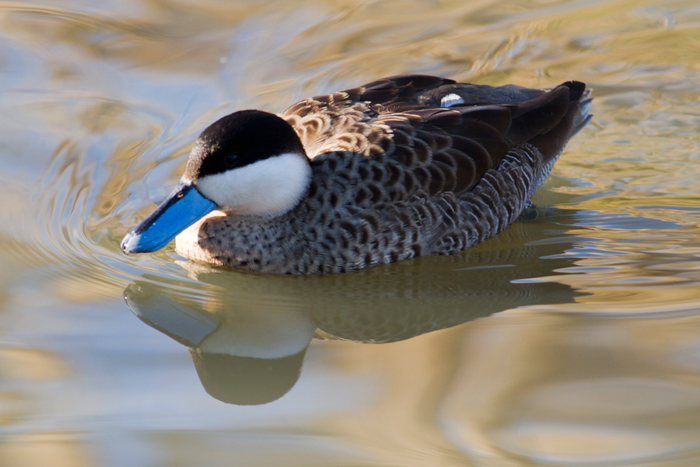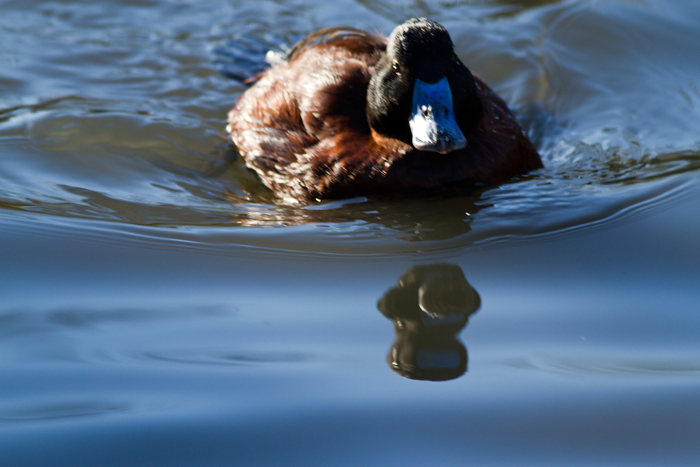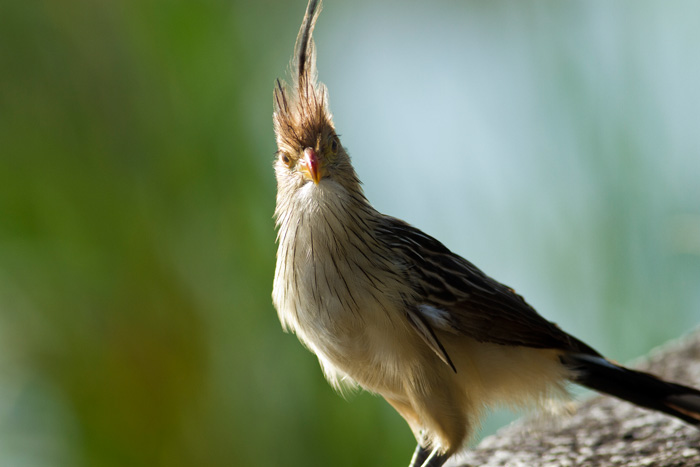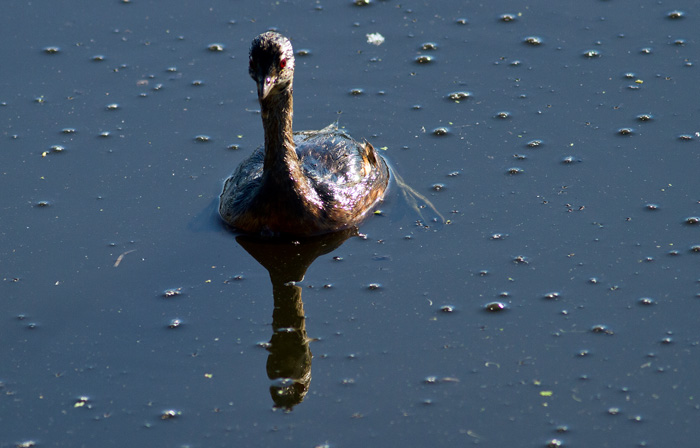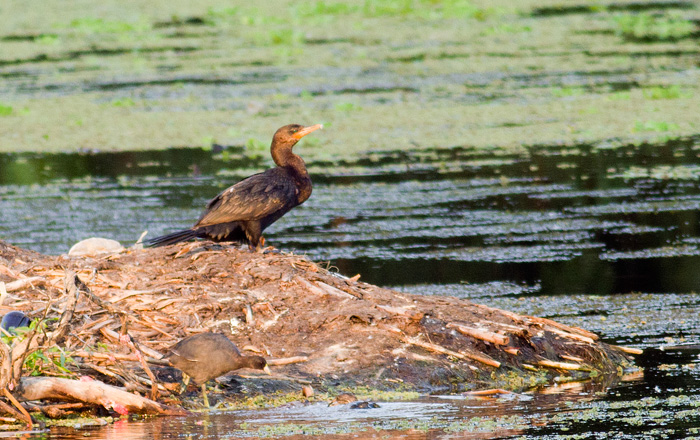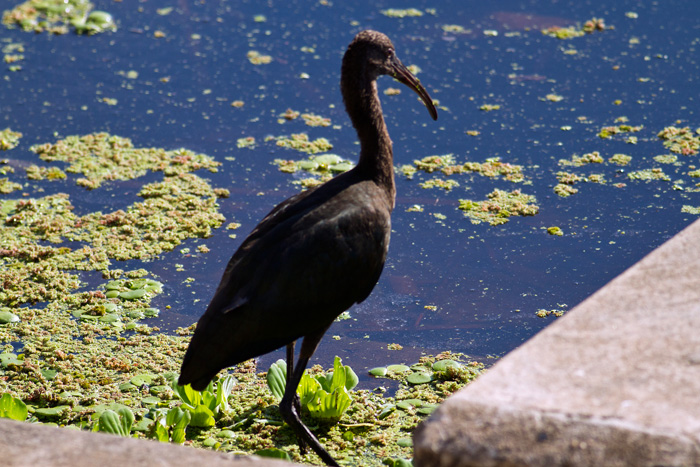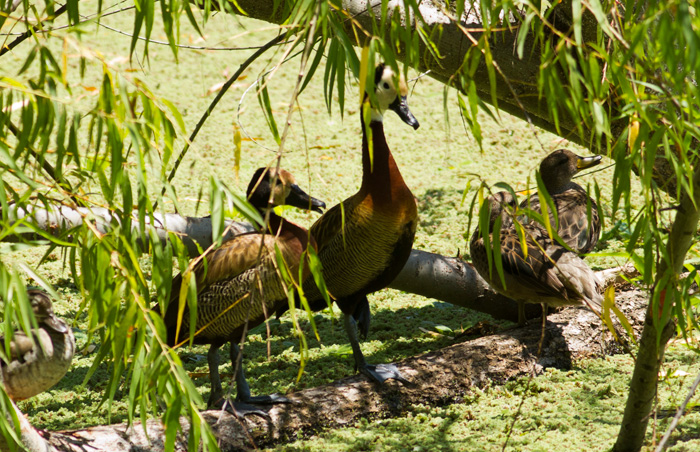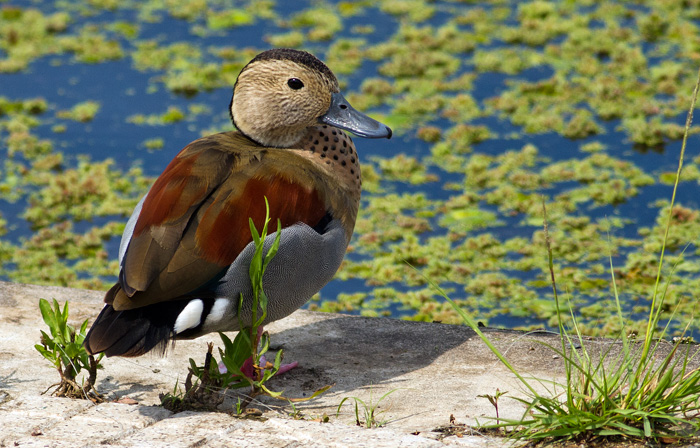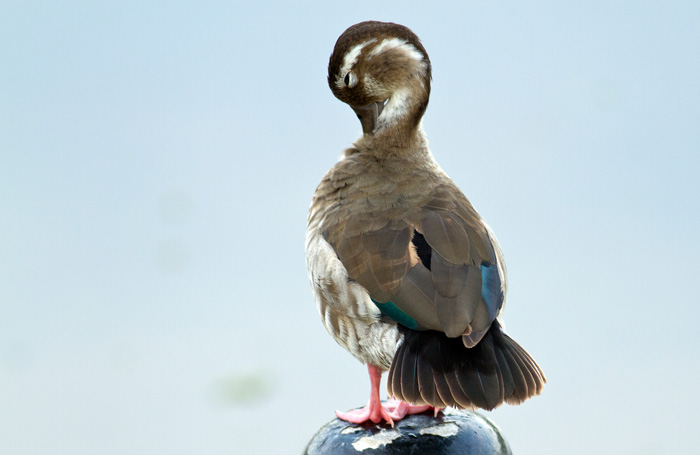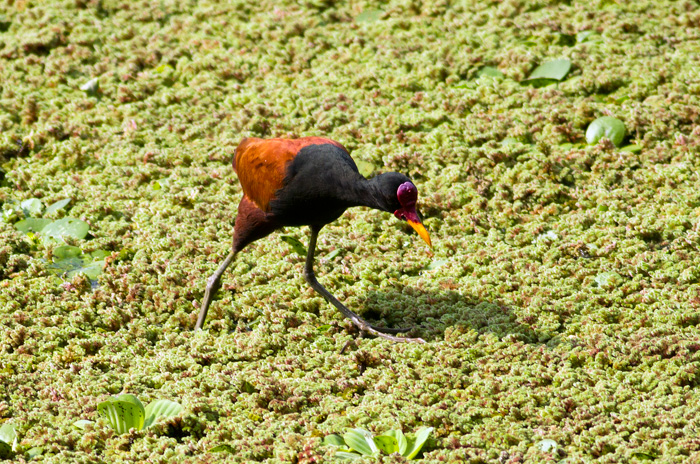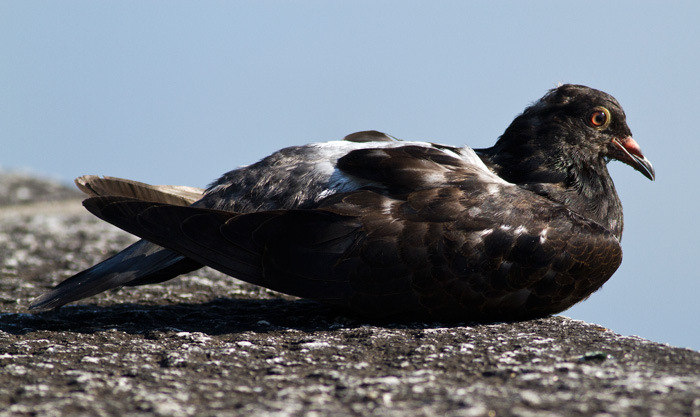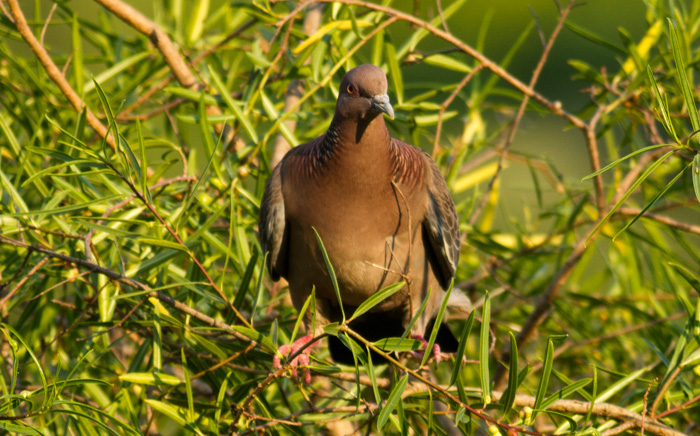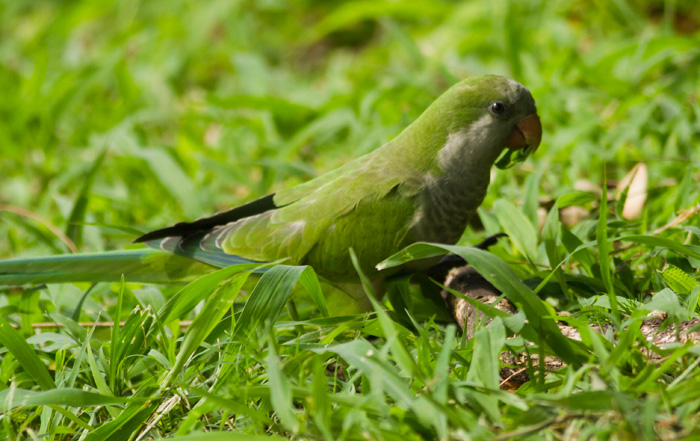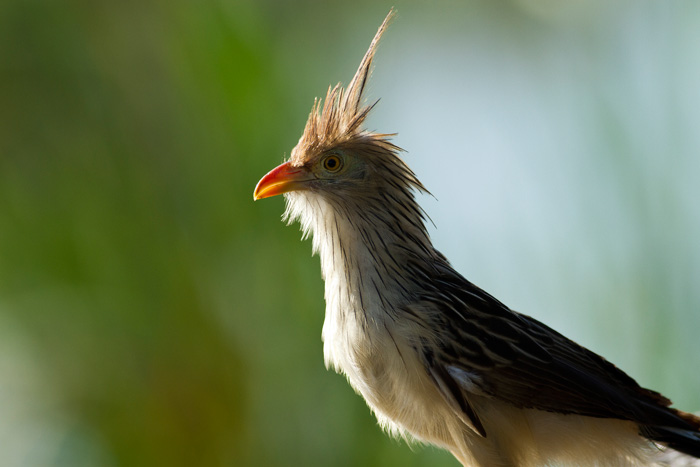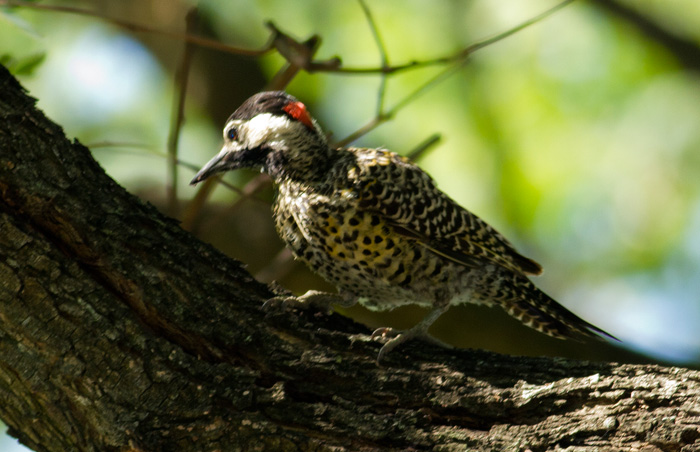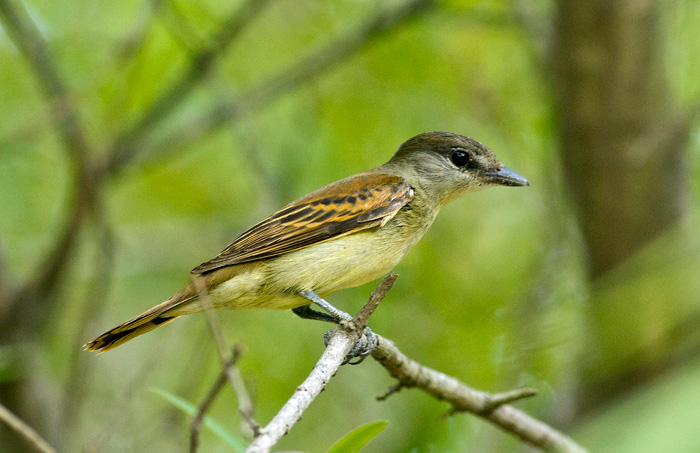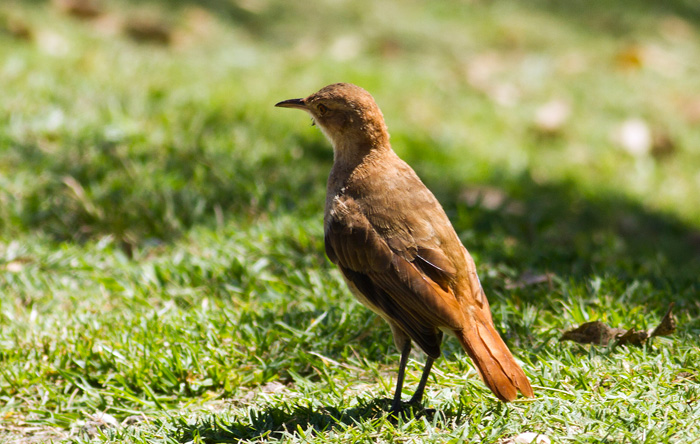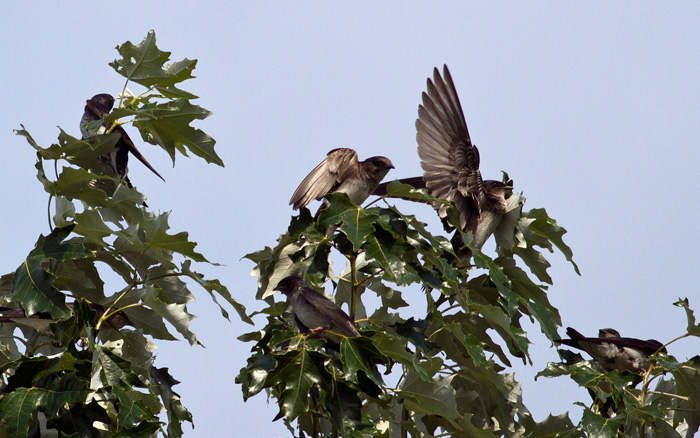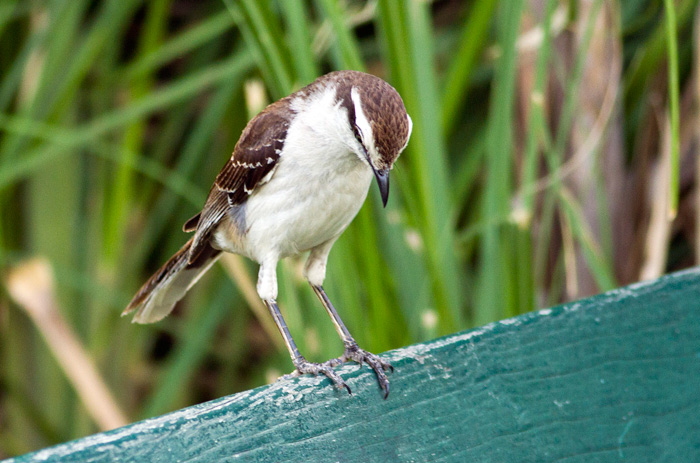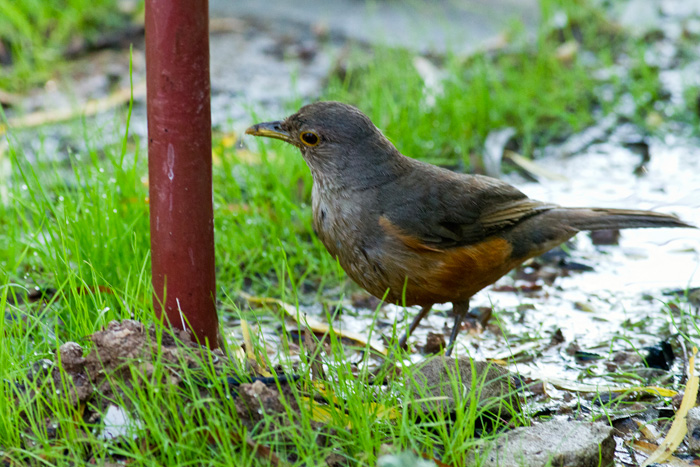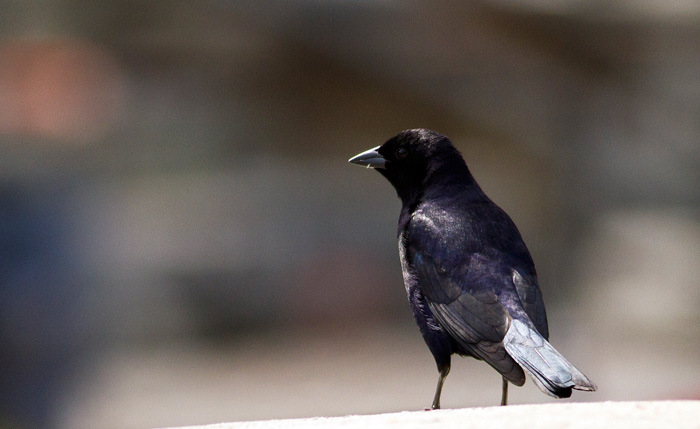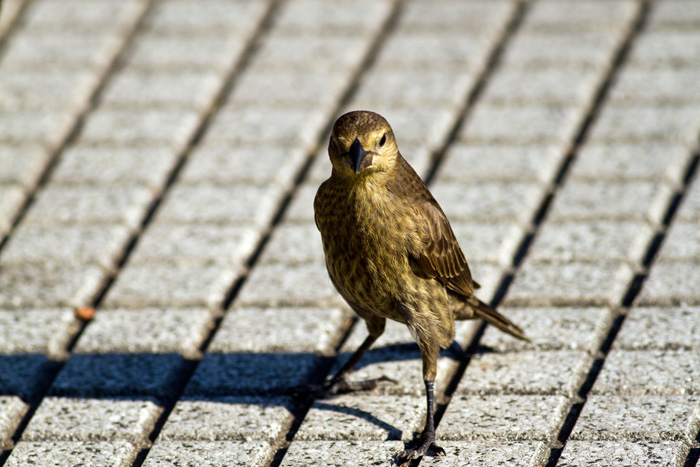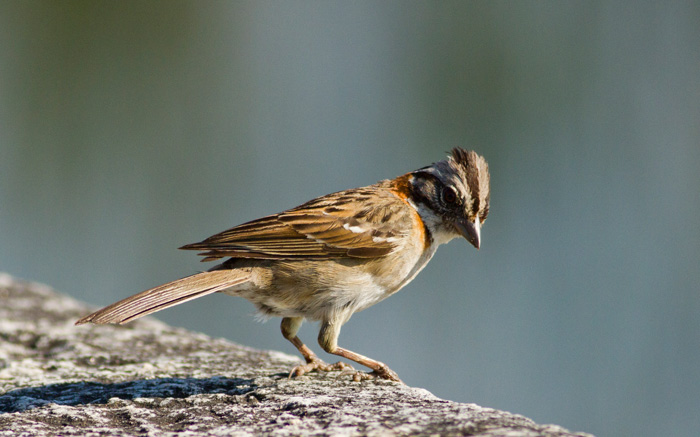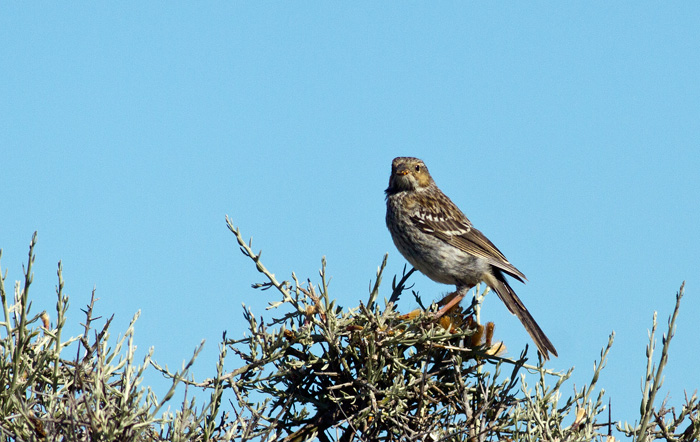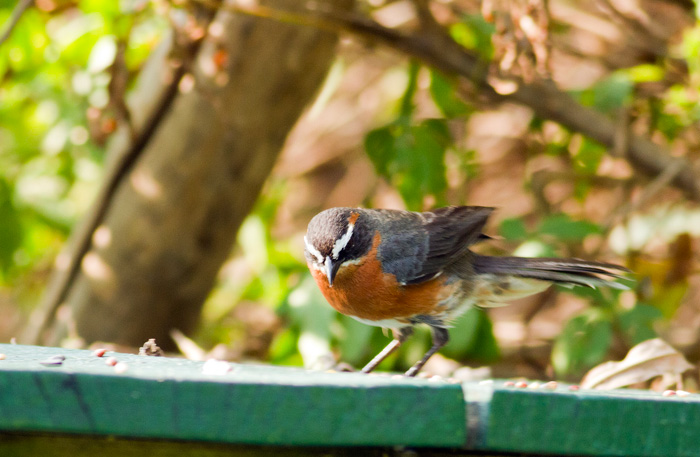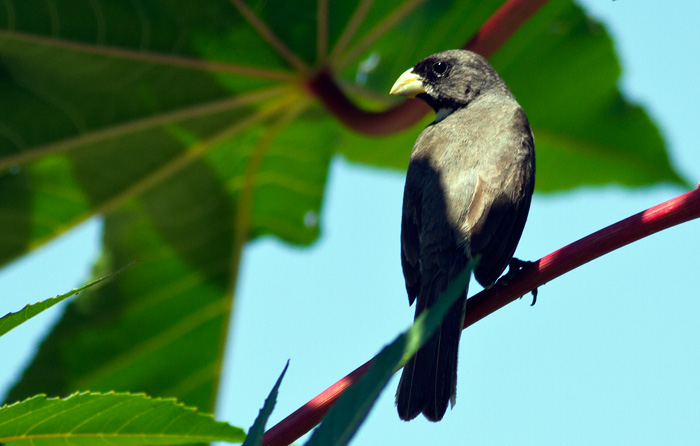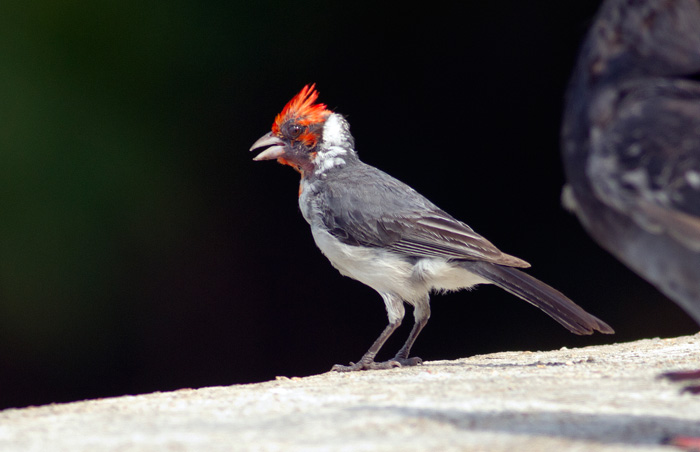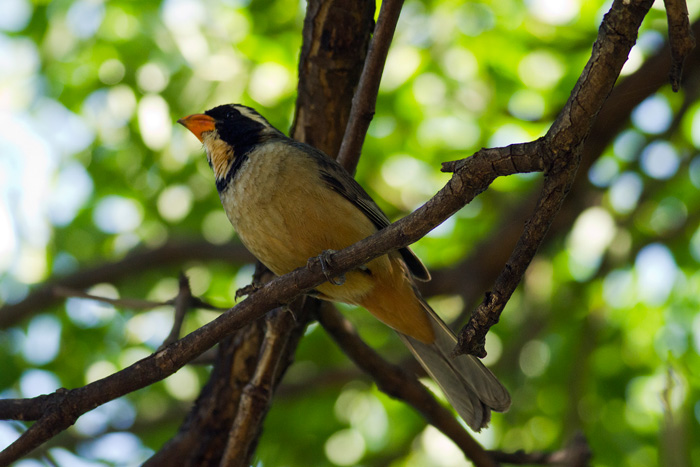On Thursday, 22 January 2015 I visited the WWT site at Martin Mere for the first time with my new birding friend Richard Kettle. It was a cold winter’s day, and I spent a great deal of my time at the collection ponds, admiring the colourful ducks, swans and geese from all parts of the world. I did get out to the hides too, but only for a short rec. really – it’s near enough to visit frequently in the future! This post is concerned with exotic species of waterfowl only.
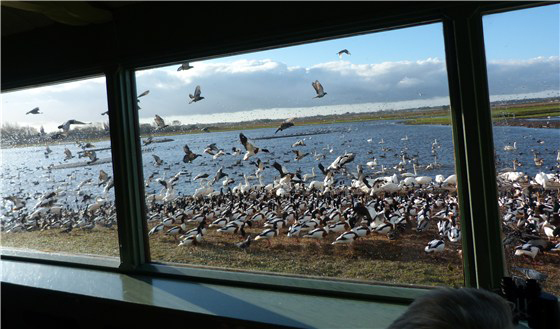
View of wetlands from the central observatory at Martin Mere. Photo courtesy of http://www.thebiggesttwitch.com
The list below contains all the water fowl I photographed during my visit, listed in alphabetical order. I haven’t included [the many other] birds that I saw but did not photograph. All new species I added to my life list during this visit appear in bold blue, and exotics I had already recorded in plain red text; for reasons of time and space I have only included photos of new species today.
All photos except the above were taken by me, at Martin Mere and on the day, using my Canon 7D and 400mm lens. As it was overcast early in the morning some photos have benefited from fill in flash, using a Better Beamer flash extender. Comments on distribution have been adapted from English or Spanish language Wikipedia entries.
Click on any image to access the slide show, or scroll down to see the commented version. Finally, please note that pictures come BELOW names and descriptions of birds.
African White-backed duck
Thalassornis leuconotus
Lives in southern Africa, especially between Senegal and Chad in the west and Ethiopia and South Africa in the east.
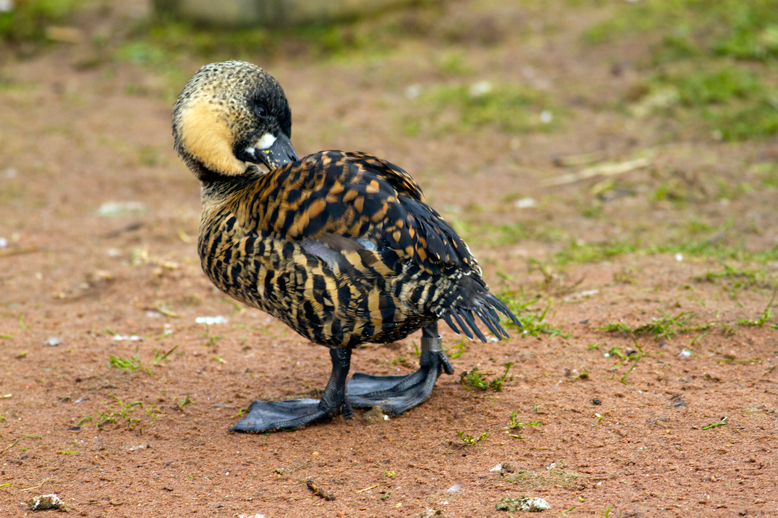
African white-backed duck
American Black Duck
Anas rubripes
Native to eastern North America
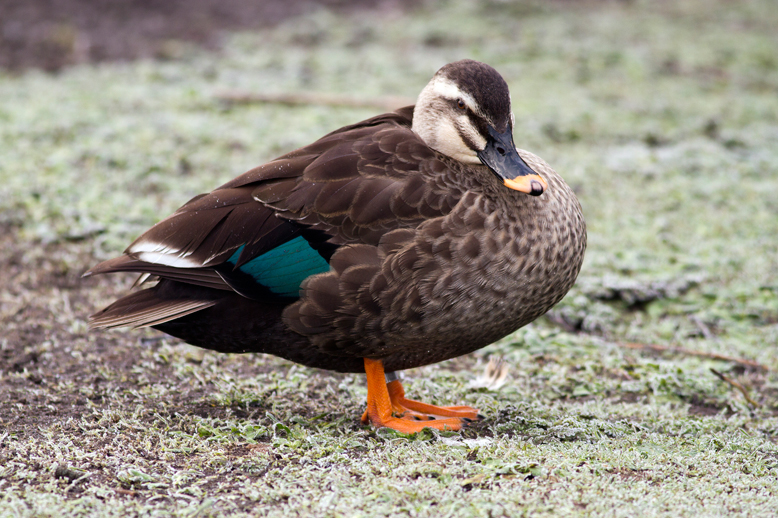
American black duck
Andean goose
Chloephaga melanoptera
Lives in lakes and marshes high up in the Andes, usually well above 3000 metres
Australian Shelduck
Tadorna tadornoides
Breeds in southern Australia and Tasmania
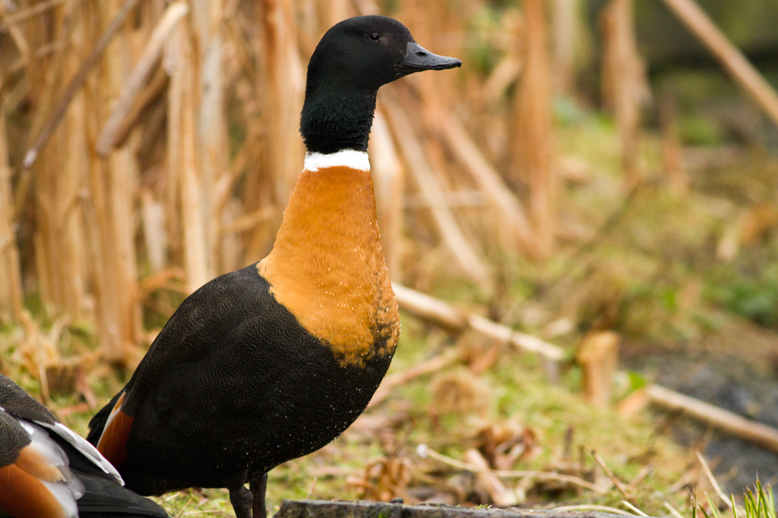
Australian Shelduck
Baer’s Pochard
Aythya baeri
Found in eastern Asia. It breeds in southeast Russia and northeast China, migrating in winter to southern China, Vietnam, Japan, and India.
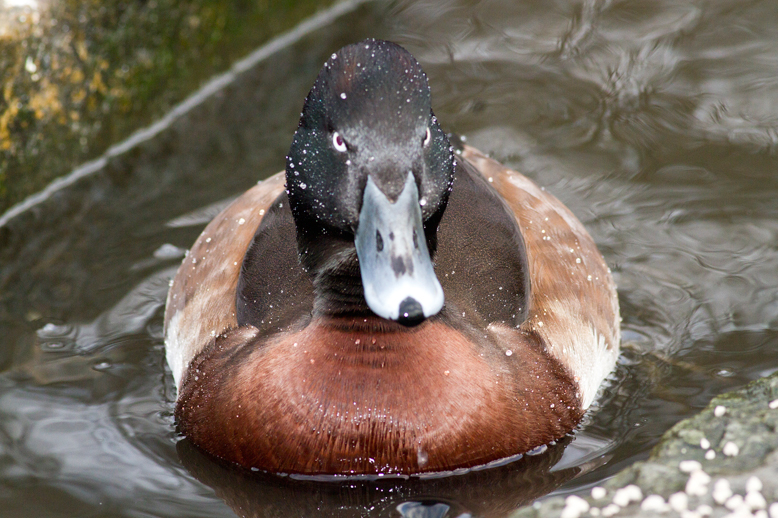
Baer’s Pochard
Bar-Headed Goose
Anser indicus
Breeds in Central Asia and winters in South Asia, as far south as peninsular India
Barnacle Goose
Branta leucopsis
Breeds mainly on the Arctic islands of the North Atlantic.
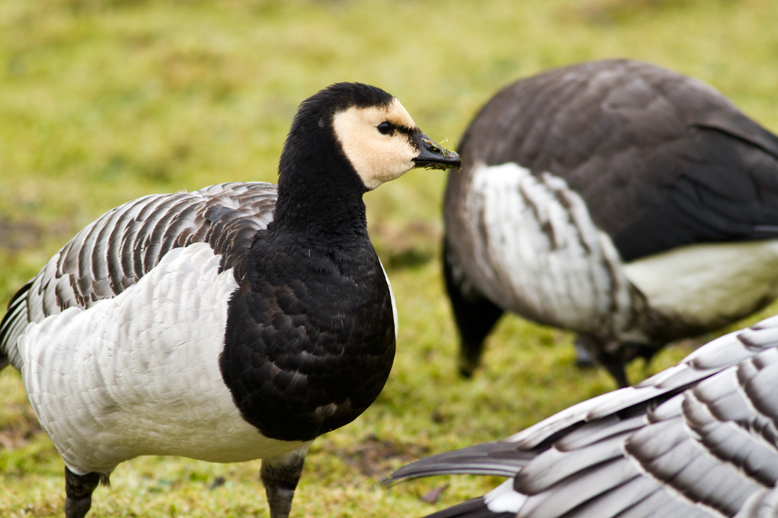
Barnacle Goose
Black Swan
Cygnus atratus
Breeds mainly in the southeast and southwest regions of Australia
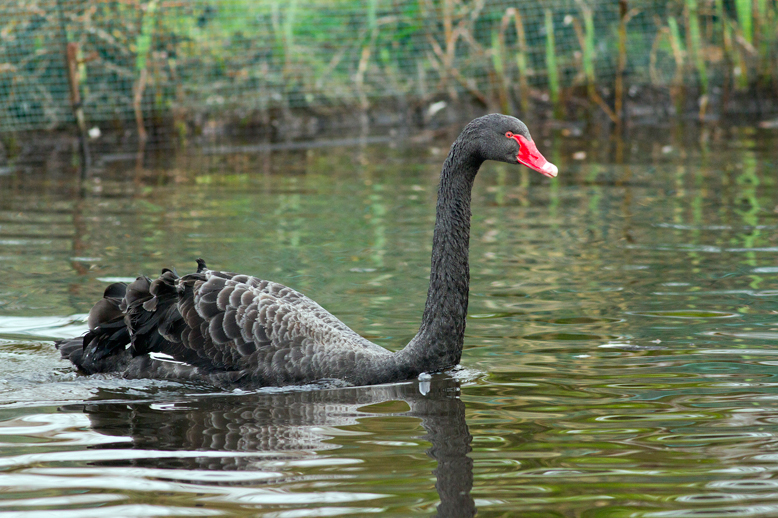
Black Swan
Black-Necked Swan
Cygnus melancoryphus
Found in freshwater marshes, lagoon and lake shores in southern South America.
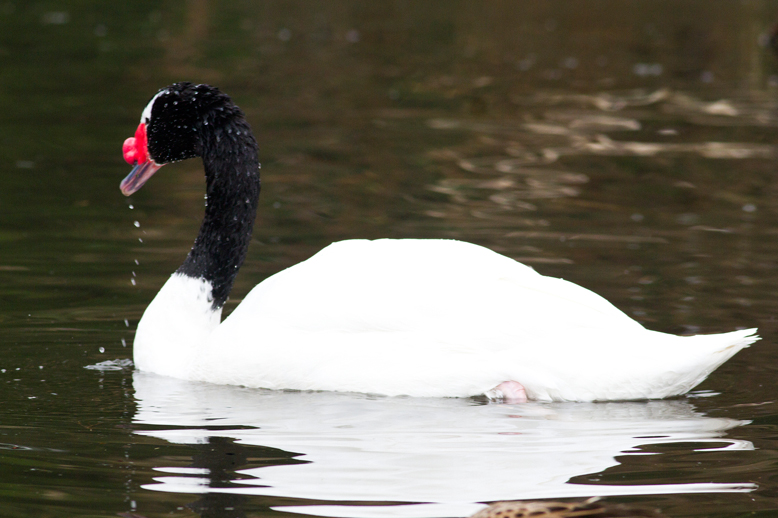
Black-Necked Swan
Brent Goose
Branta bernicla
Breeds in northwestern Canada, Alaska and eastern Siberia, and winters mostly on the west coast of North America from southern Alaska to California, but also in east Asia, mainly Japan.
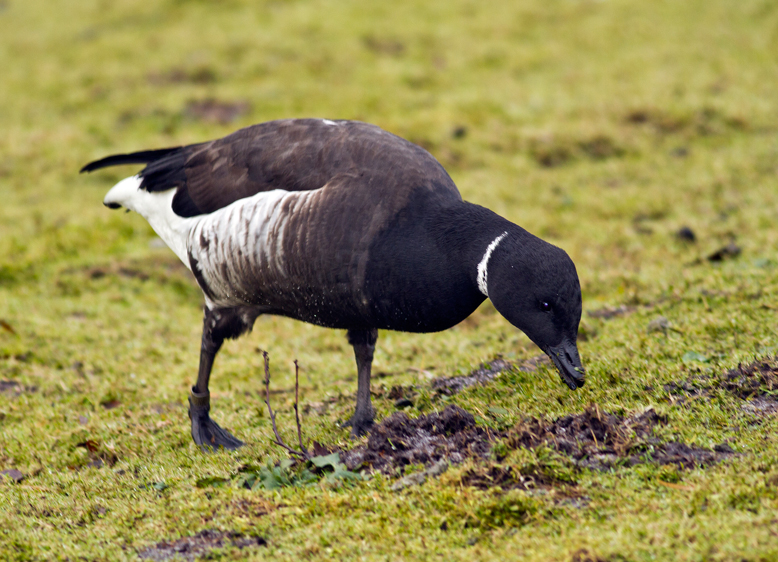
Brent Goose
Bronze-Winged Duck aka Spectacled duck
Speculanas specularis
Lives among forested rivers and fast-flowing streams on the lower slopes of the South American Andes, in central and southern Chile and adjacent parts of Argentina.
Bufflehead
Bucephala albeola
Found on the east and west coasts of North America and the southern United States. Breeding habitat is wooded lakes and ponds in Alaska and Canada.
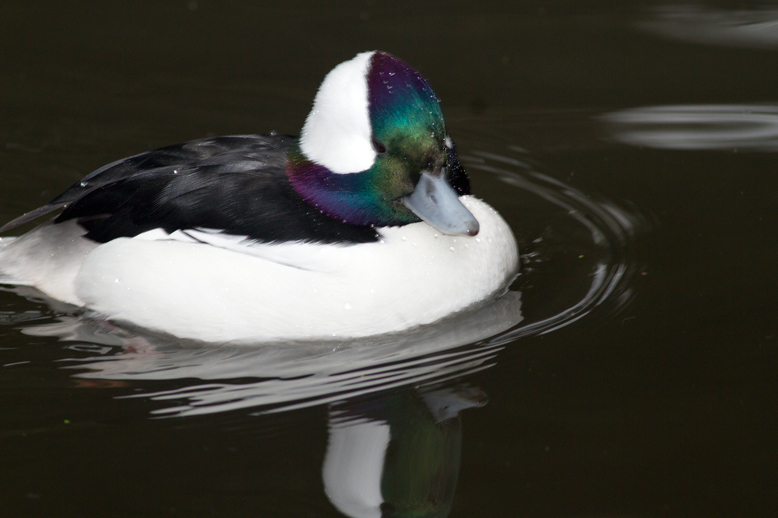
Bufflehead
Cape Barren Goose
Cereopsis novaehollandiae
A large goose that lives in southern Australia.
Cape Teal
Anas capensis
Lives on open wetlands in sub-Saharan Africa.
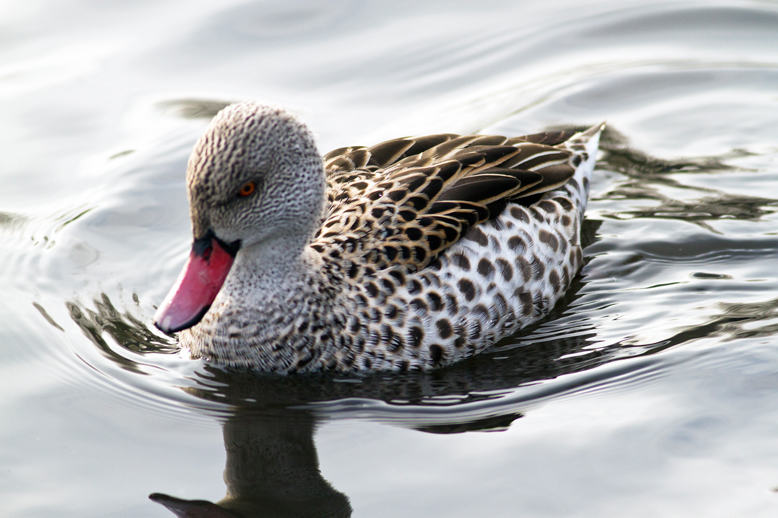
Cape Teal
Comb Duck
Sarkidiornis melanotos
Found in tropical wetlands in sub-Saharan Africa, Madagascar and south Asia from Pakistan to Laos and extreme southern China. Also occurs in continental South America south to the Paraguay River region in eastern Paraguay, southeastern Brazil and the extreme northeast of Argentina, and as a vagrant in Trinidad.
Common Pochard
Aythya ferina
Pochards breed in much of temperate and northern Europe into Asia. They are migratory, and winter in the southern and west of Europe.
Common Shoveller aka Northern Shoveller
Anas clypeata
Breeds in northern areas of Europe and Asia and across most of North America, wintering in southern Europe, Africa, the Indian subcontinent, Southeast Asia, and Central, and northern South America.
Crested Screamer aka Southern Screamer
Chauna torquata
Found in southeastern Peru, northern Bolivia, Paraguay, southern Brazil, Uruguay and northern Argentina.
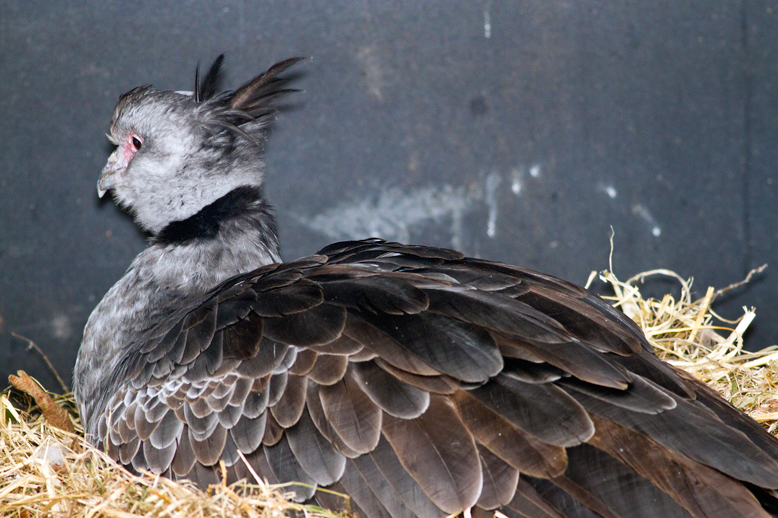
Crested Screamer aka Southern Screamer
Eurasian Crane
Grus grus
Found in northern parts of Europe and Asia.
European Eider aka Common Eider
Somateria mollissima
Distributed over the northern coasts of Europe, North America and eastern Siberia.
Garganey
Anas querquedula
Breeds in much of Europe and western Asia, but is strictly migratory, with the entire population moving to southern Africa, India (in particular Santragachi), and Australasia in winter
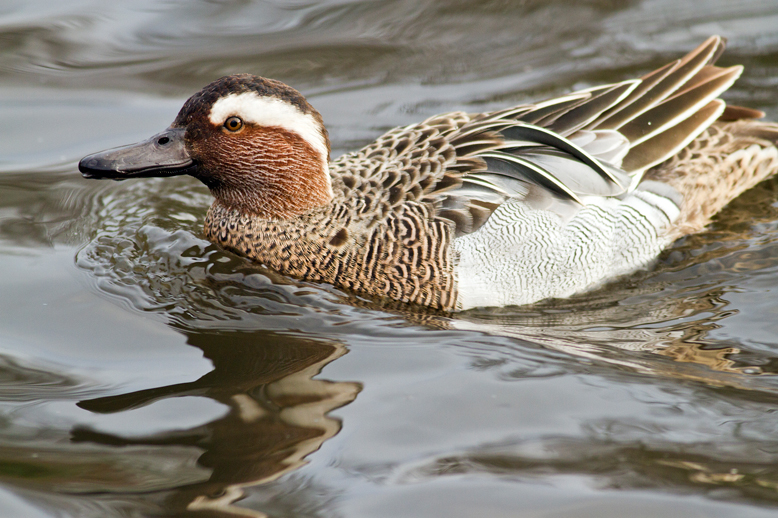
Garganey
Grey-Crowned Crane
Balearica regulorum
Found in dry savannah in Africa south of the Sahara, although it nests in somewhat wetter habitats. They can also be found in marshes, cultivated lands and grassy flatlands near rivers and lakes in Uganda and Kenya, and south to South Africa.
Hooded Merganser
Lophodytes cucullatus
Two major year-round ranges. One is in the Eastern United States from the southern Canadian border along the Atlantic Coast to the Gulf Coast in the region of the Mississippi delta. A smaller year-round range extends from Washington state and southern British Columbia to northern Idaho. Also breed to some extent in regions from Missouri to southern Canada and from Nova Scotia to eastern North Dakota and Saskatchewan, migrating when necessary to avoid winter conditions.
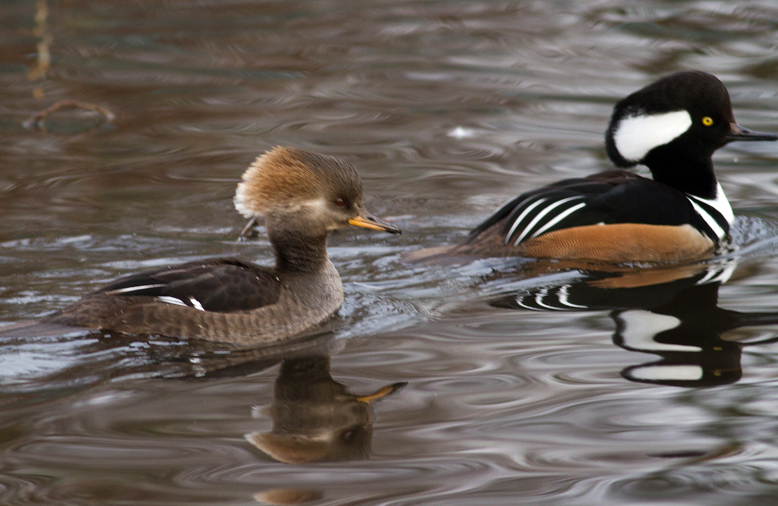
Hooded Merganser
Marbled Teal
Marmaronetta angustirostris
Breeding now restricted to a few sites in southern Spain, northwest Africa and in Israel. In the east it survives in the Mesopotamian marshland in southern Iraq and in Iran (Shadegan Marshes – the world’s most important site), as well as isolated pockets in Turkey, Armenia, Azerbaijan, Iraq and further to the east in western India and western China.
Muscovy Duck
Cairina moschata
Native to Mexico, Central, and South America. Small wild and feral breeding populations have established themselves in the United States, particularly in the lower Rio Grande Valley of Texas and South Florida as well as in many other parts of North America, including southern Canada.
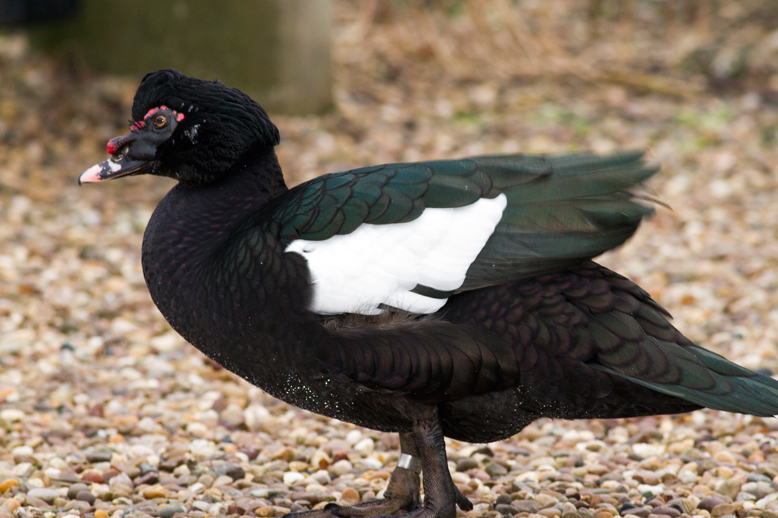
Muscovy Duck
North American Redhead
Aythya Americana
Breeding habitat is marshes and prairie potholes in western North America.
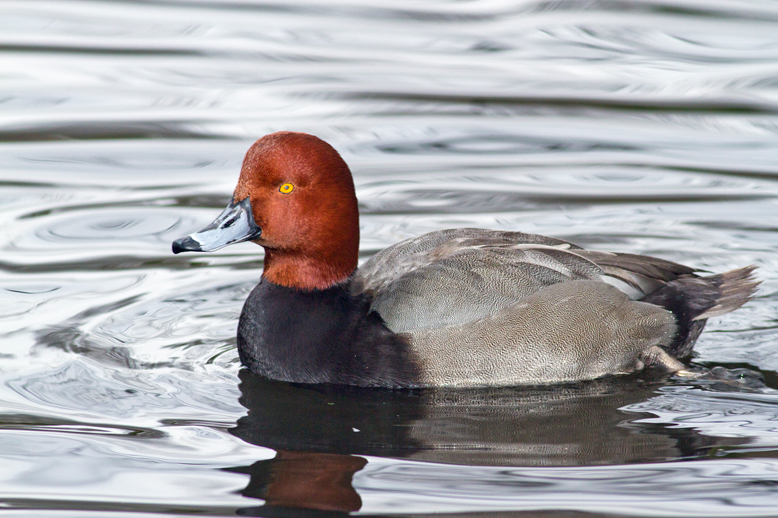
North American Redhead
Orinoco Goose
Neochen jubata
Resident breeders in the forests of tropical South America.
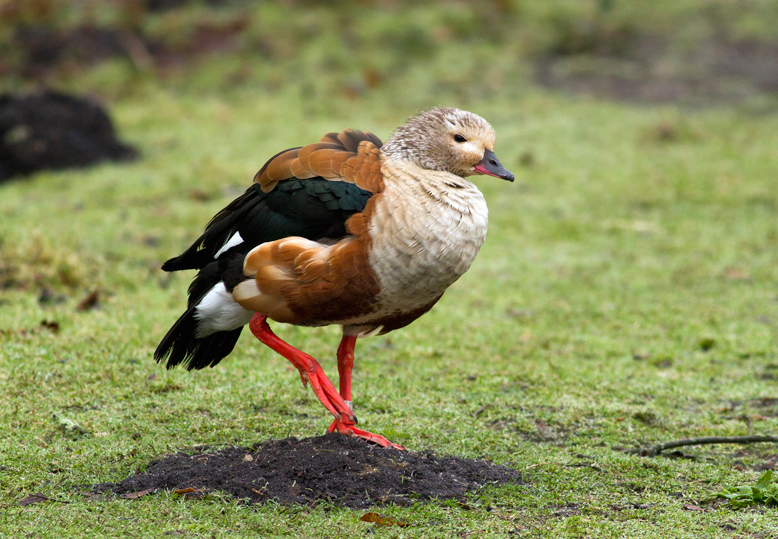
Orinoco Goose
Puna Teal
Anas puna
Resident in the Andes of Peru, western Bolivia, northern Chile, and extreme northwestern Argentina. Found on the larger lakes and pools in the altiplano.
Red-Crested Pochard
Netta rufina
Its breeding habitat is lowland marshes and lakes in southern Europe and Central Asia, wintering in the Indian Subcontinent and Africa.
Rosy-Billed Pochard
Netta peposaca
Endemic to South America. It is found in Argentina, central Chile, Paraguay, Uruguay and southern Brazil.
Ruddy Duck
Oxyura jamaicensis
A duck from North America and the Andes Mountains of South America,
Ruddy Shelduck
Tadorna ferruginea
Very small resident populations in north west Africa and Ethiopia, but the main breeding area of this species is from southeast Europe across central Asia to Southeast Asia.
Ruff
Philomachus pugnax
Breeds in marshes and wet meadows across northern Eurasia.
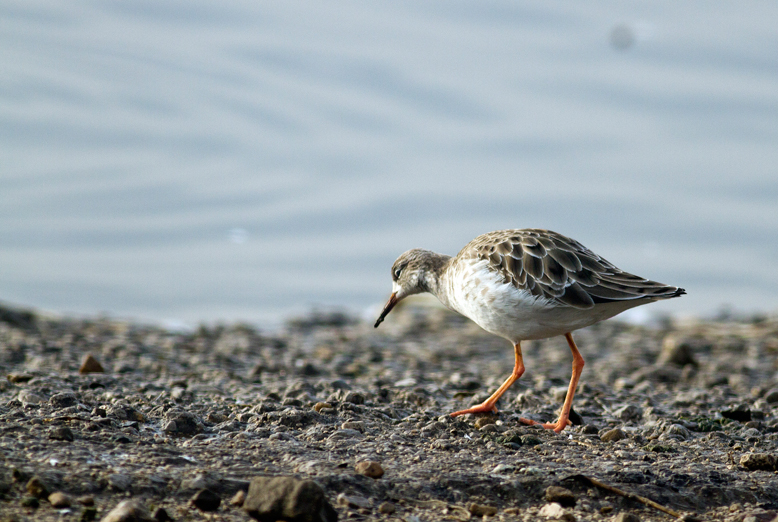
Ruff
Shelduck
Tadorna tadorna
Widespread and common in Eurasia, mainly breeding in temperate and wintering in subtropical regions.
Shoveller aka Northern Shoveller
Anas clypeata
Breeds in northern areas of Europe and Asia and across most of North America, wintering in southern Europe, Africa, the Indian subcontinent, Southeast Asia, and Central, and northern South America.
Smew
Mergellus albellus
Breeds in the northern taiga of Europe and Asia.
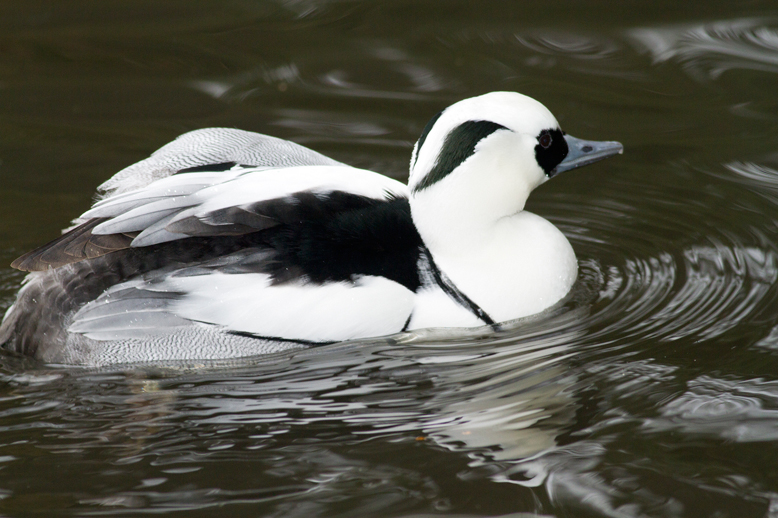
Smew
Snow Goose
Chen caerulescens
Breeds north of the timberline in Greenland, Canada, Alaska, and the northeastern tip of Siberia, and spends winters in warm parts of North America from southwestern British Columbia through parts of the United States to Mexico. Flies as far south as Texas and Mexico during winter, and returns to nest on the Arctic tundra each spring.
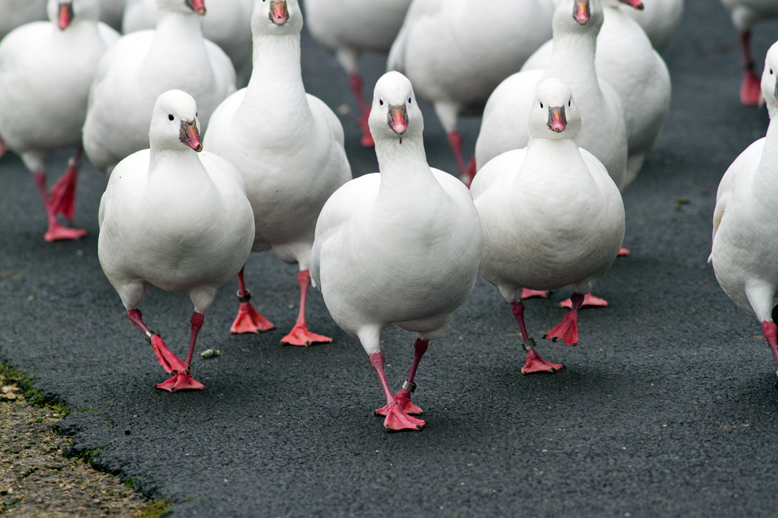
Snow Goose
South Georgia Pintail aka South Georgian teal
Anas georgica georgica
Endemic to the island of South Georgia and its accompanying archipelago, and a vagrant to the South Sandwich Islands.
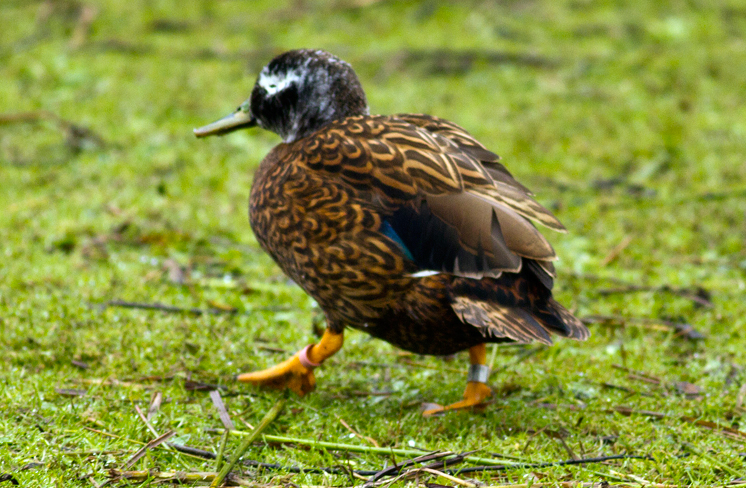
South Georgia Pintail aka South Georgian teal
Southern Pochard
Netta erythrophthalma
Two subspecies, the South American (southern) pochard (found from Colombia, Venezuela, Brazil, Ecuador, Peru, Bolivia and Argentina to Chile) and the African pochard (occurring from the Cape to the Ethiopian highlands).
Tundra Swan aka Bewick’s Swan
Cygnus columbianus
Also known as Bewick’s swan. Breeds in the Arctic and subarctic tundra, moving south in winter.
West Indian Whistling Duck
Dendrocygna arborea
A whistling duck that breeds in the Caribbean, also known as Black-billed whistling duck and Cuban whistling duck.
White-Cheeked Pintail
Anas bahamensis
Found in the Caribbean, South America, and the Galápagos Islands
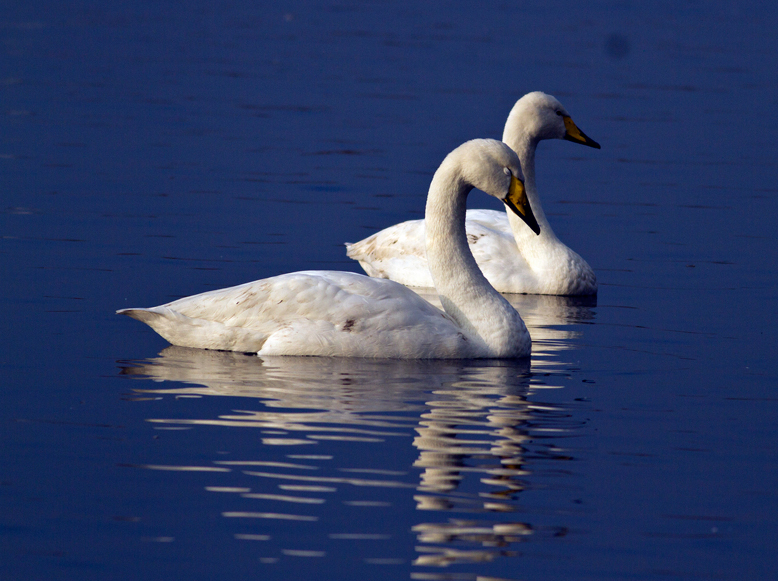
Whooper Swan aka Elk
Whooper Swan
Cygnus cygnus
Winters in southern Europe and eastern Asia. Breeds in subarctic Eurasia, further south than Bewicks in the taiga zone. Rare breeders in northern Scotland.
